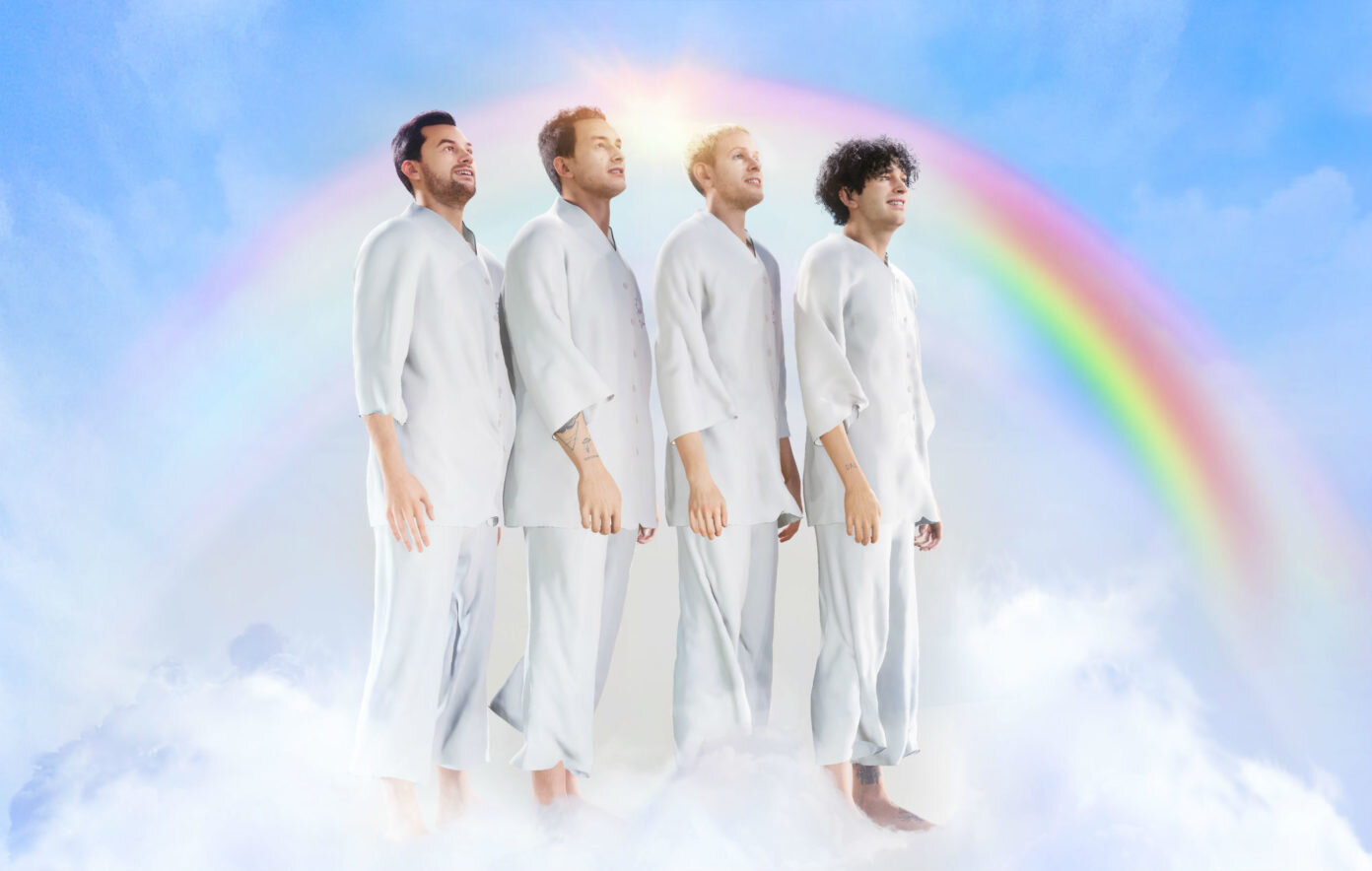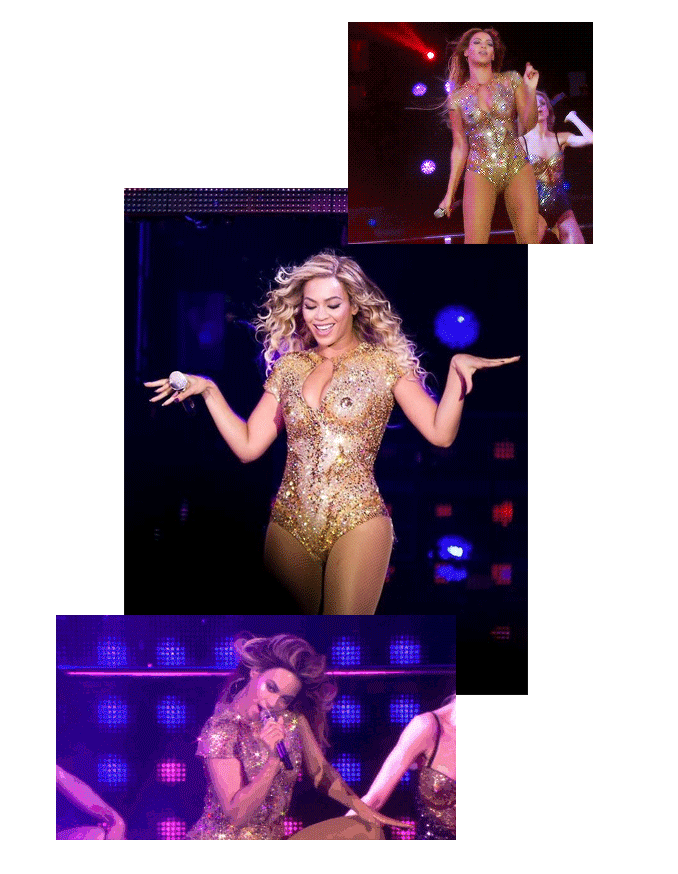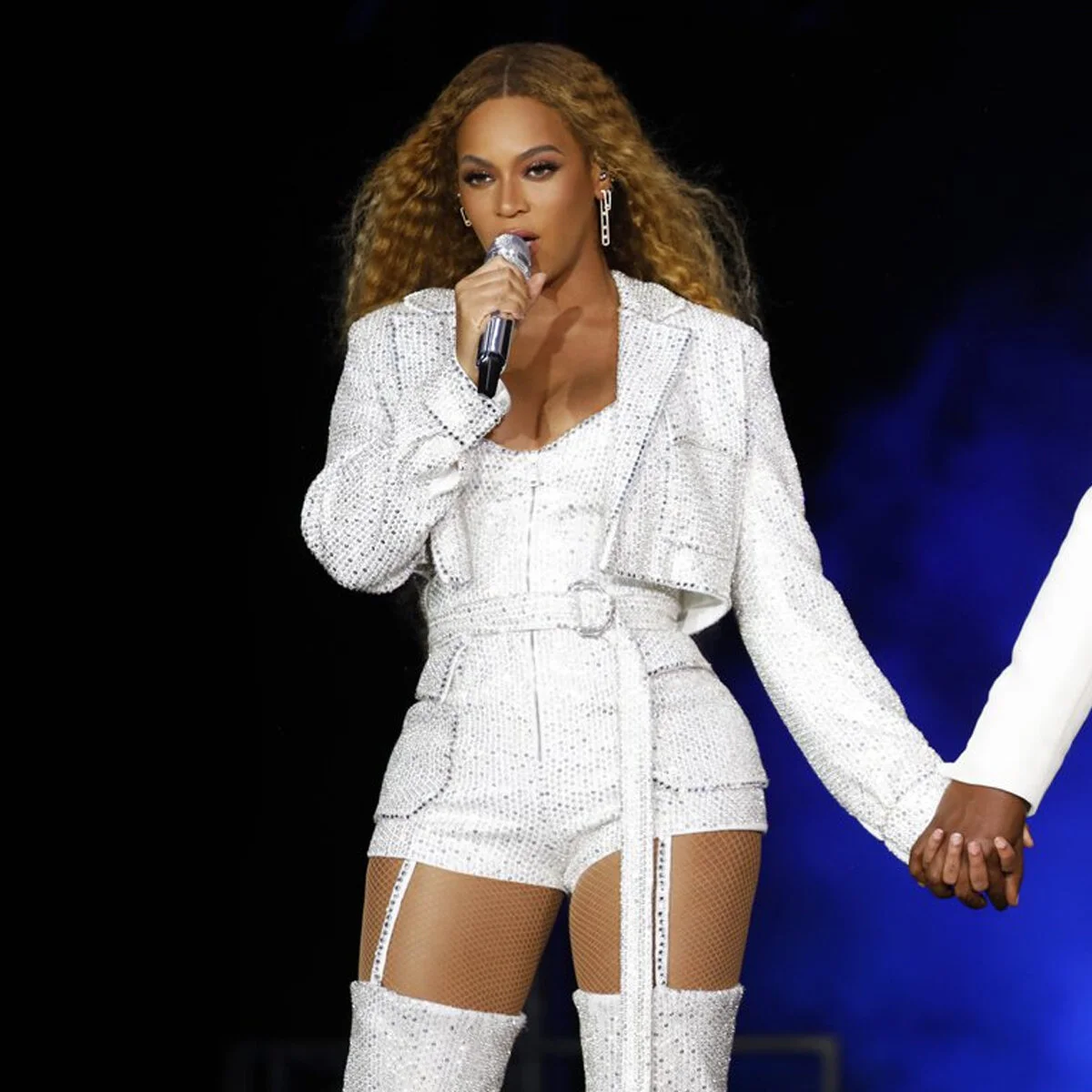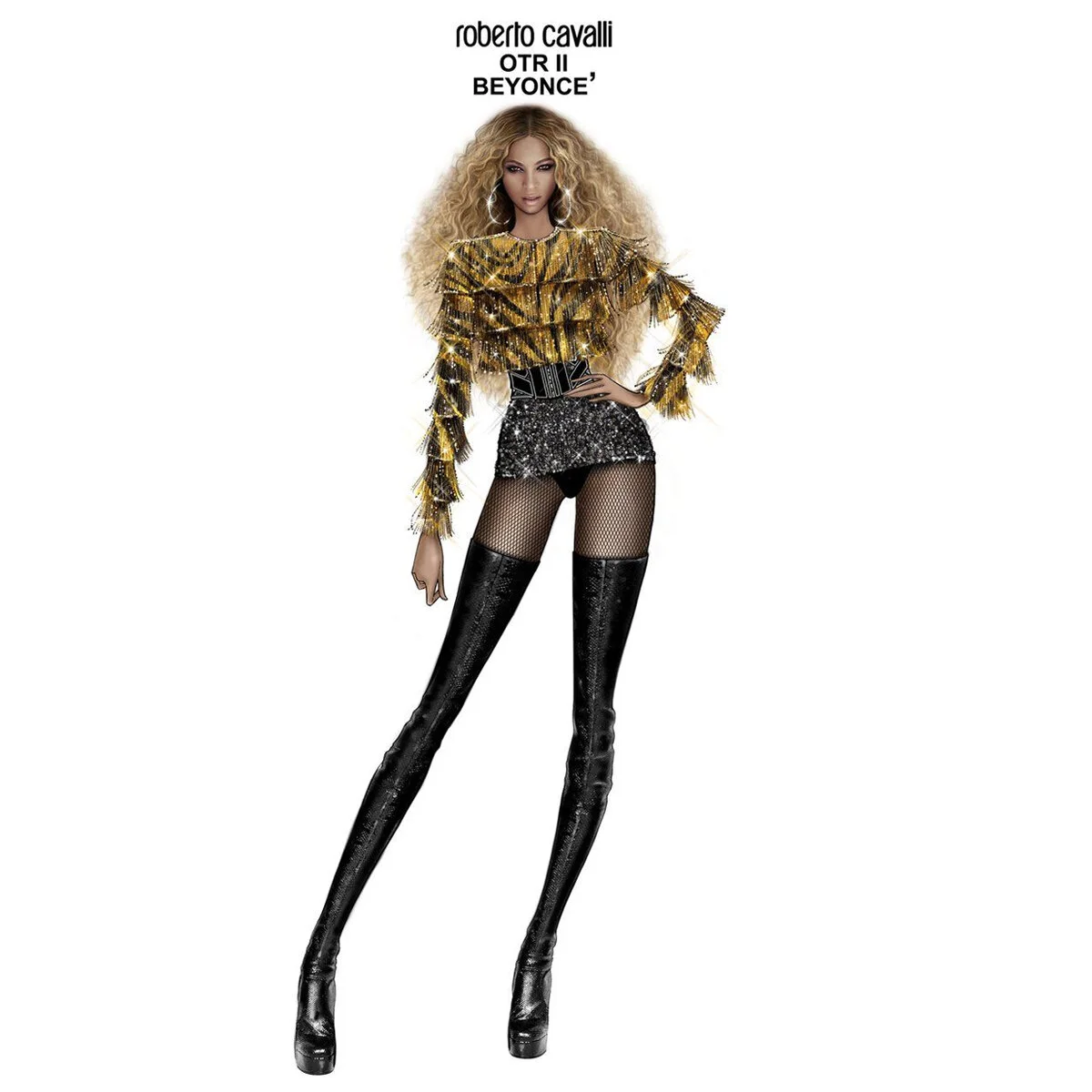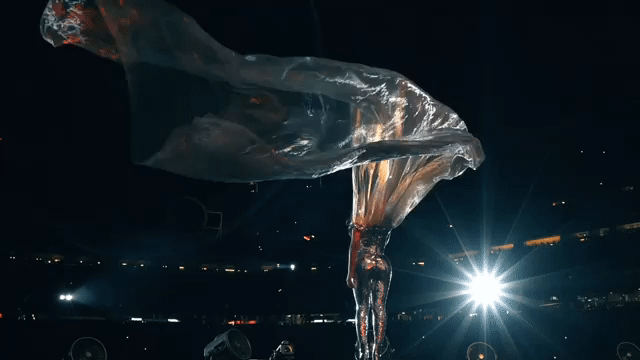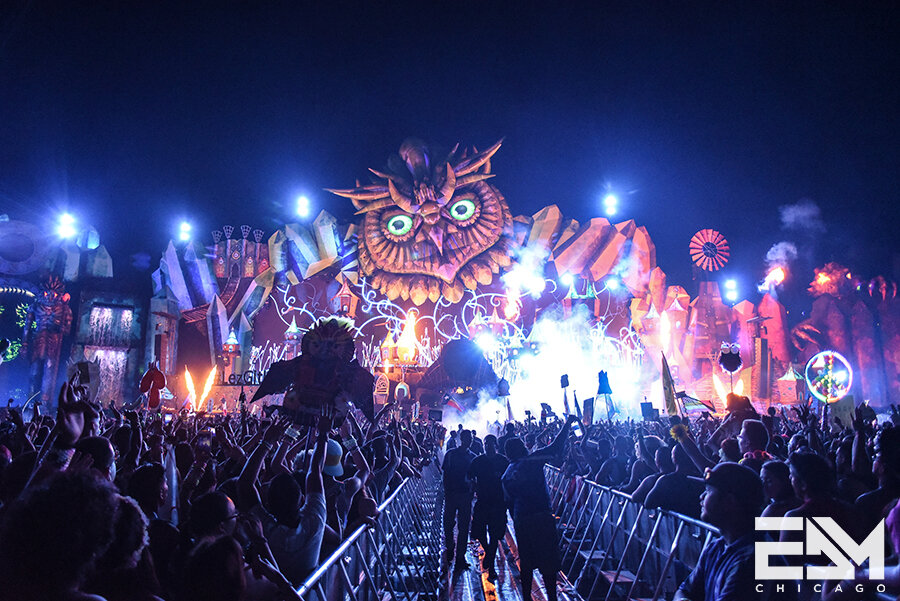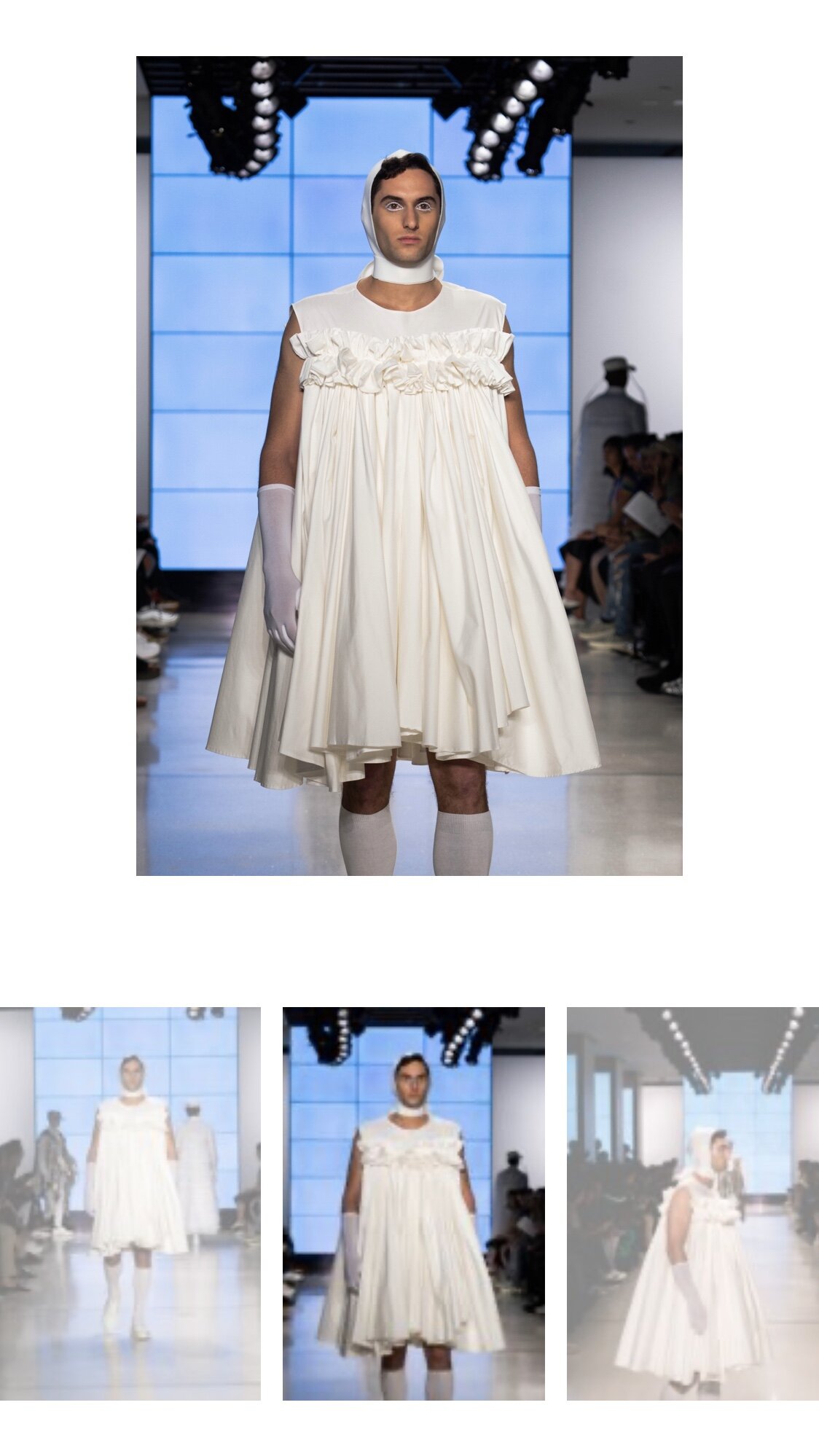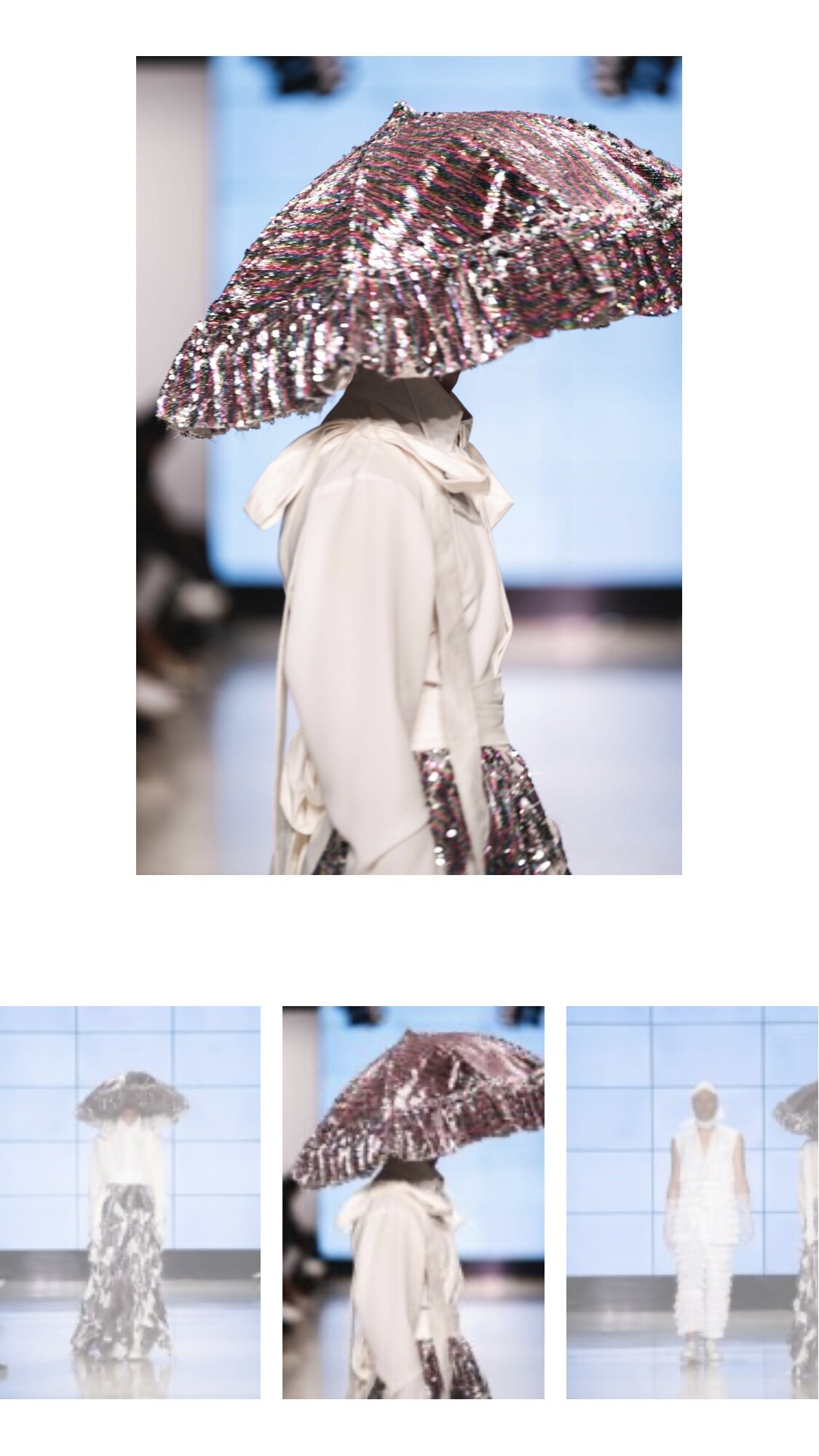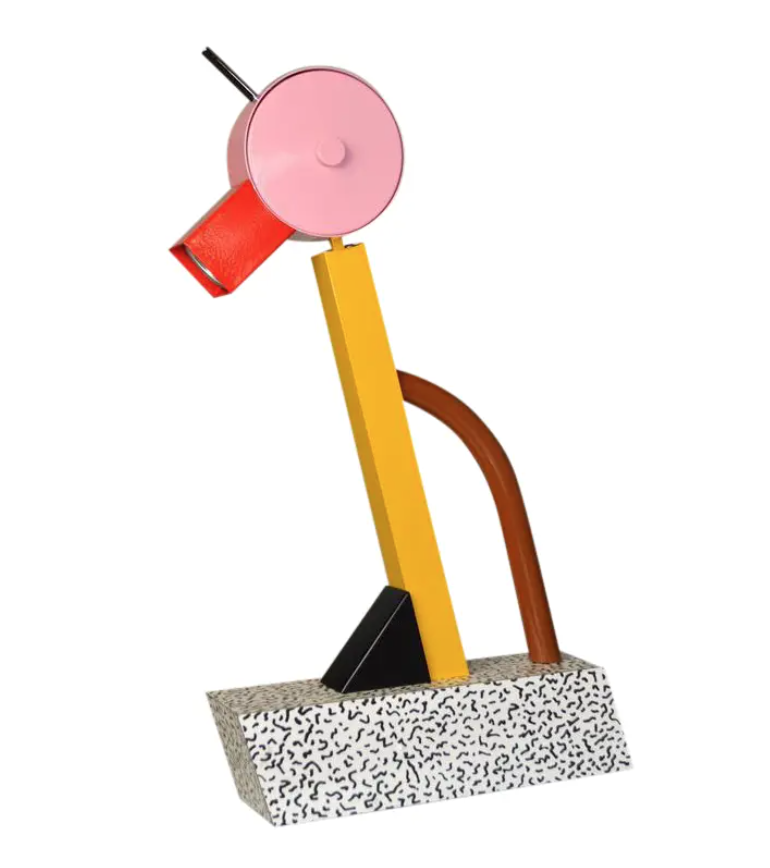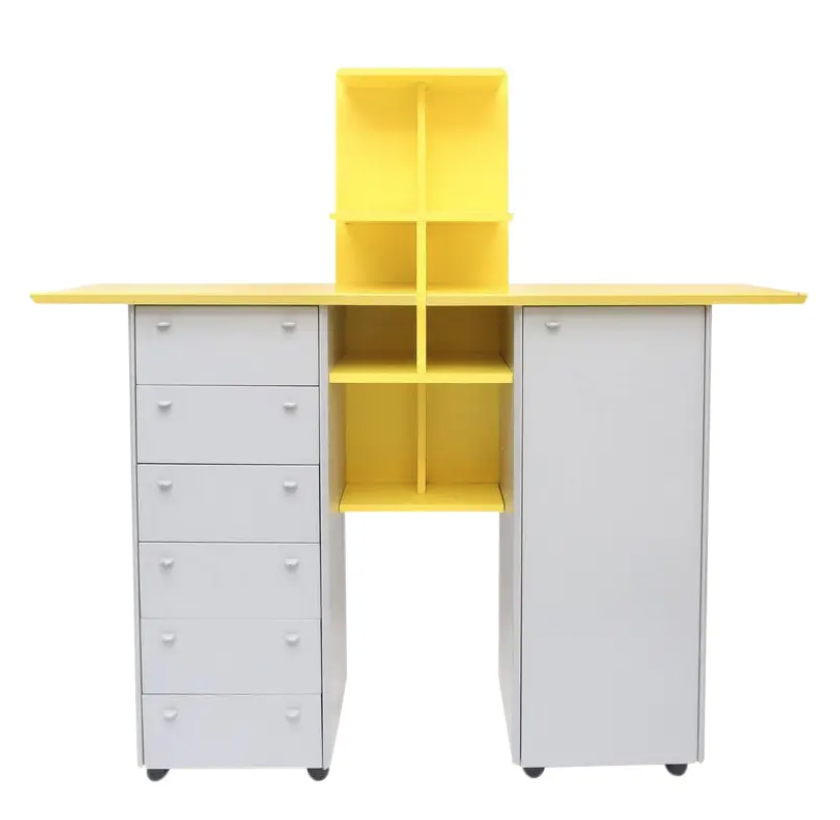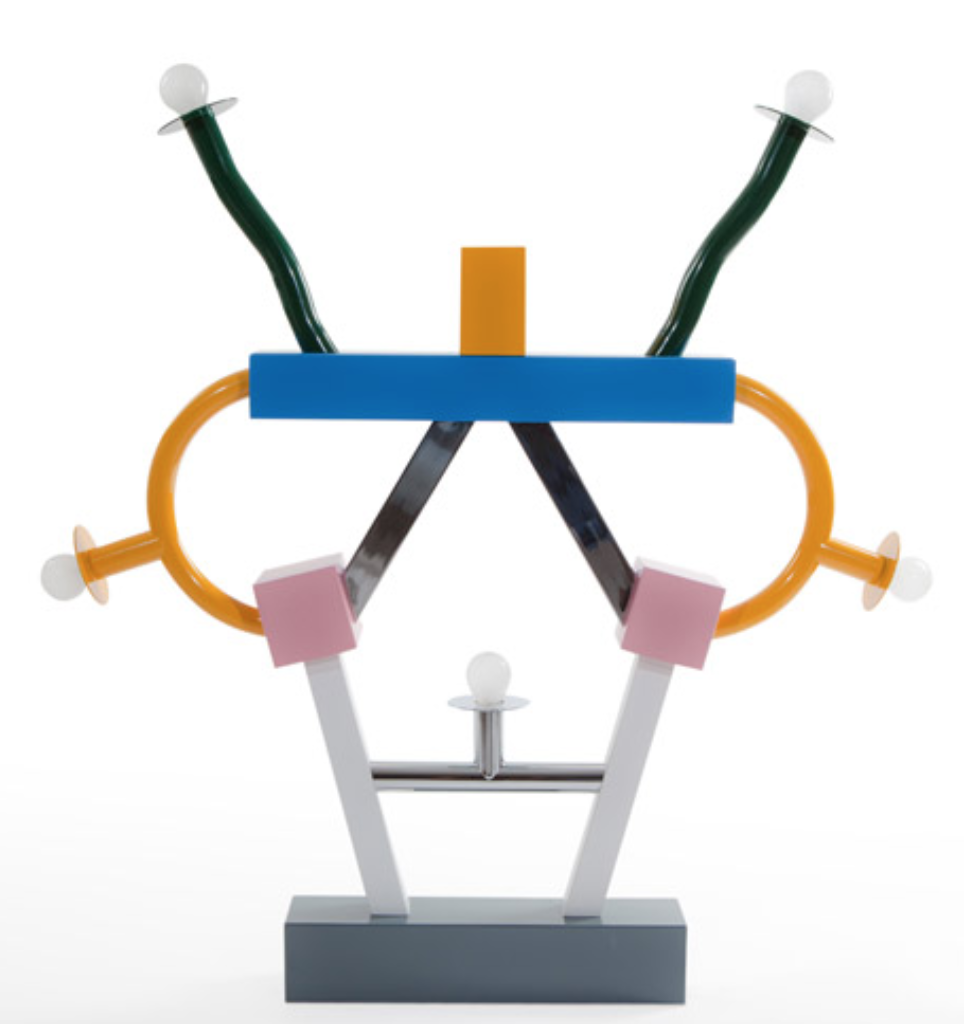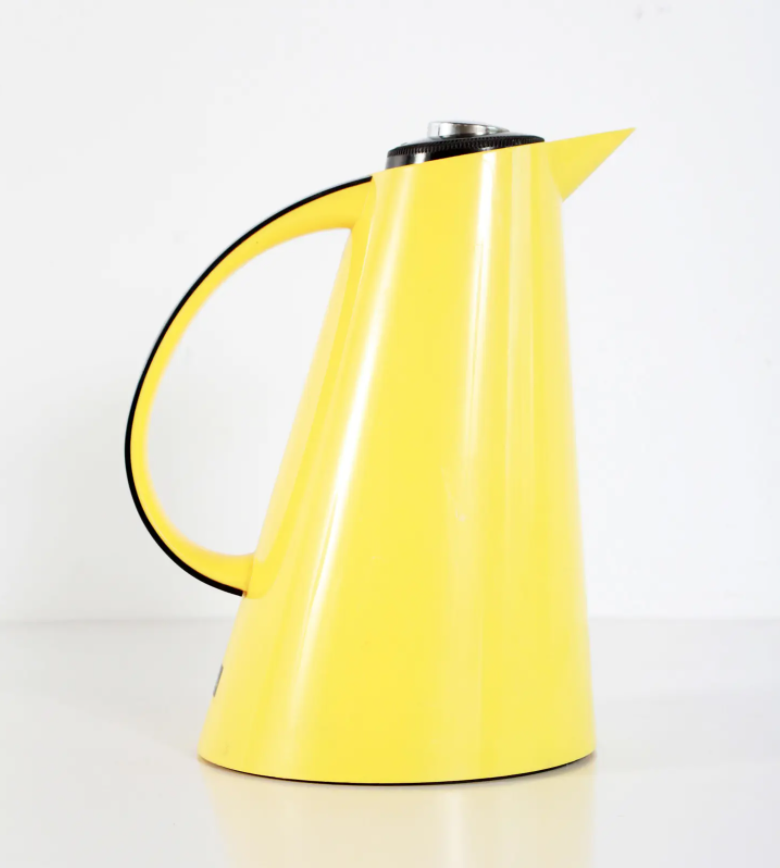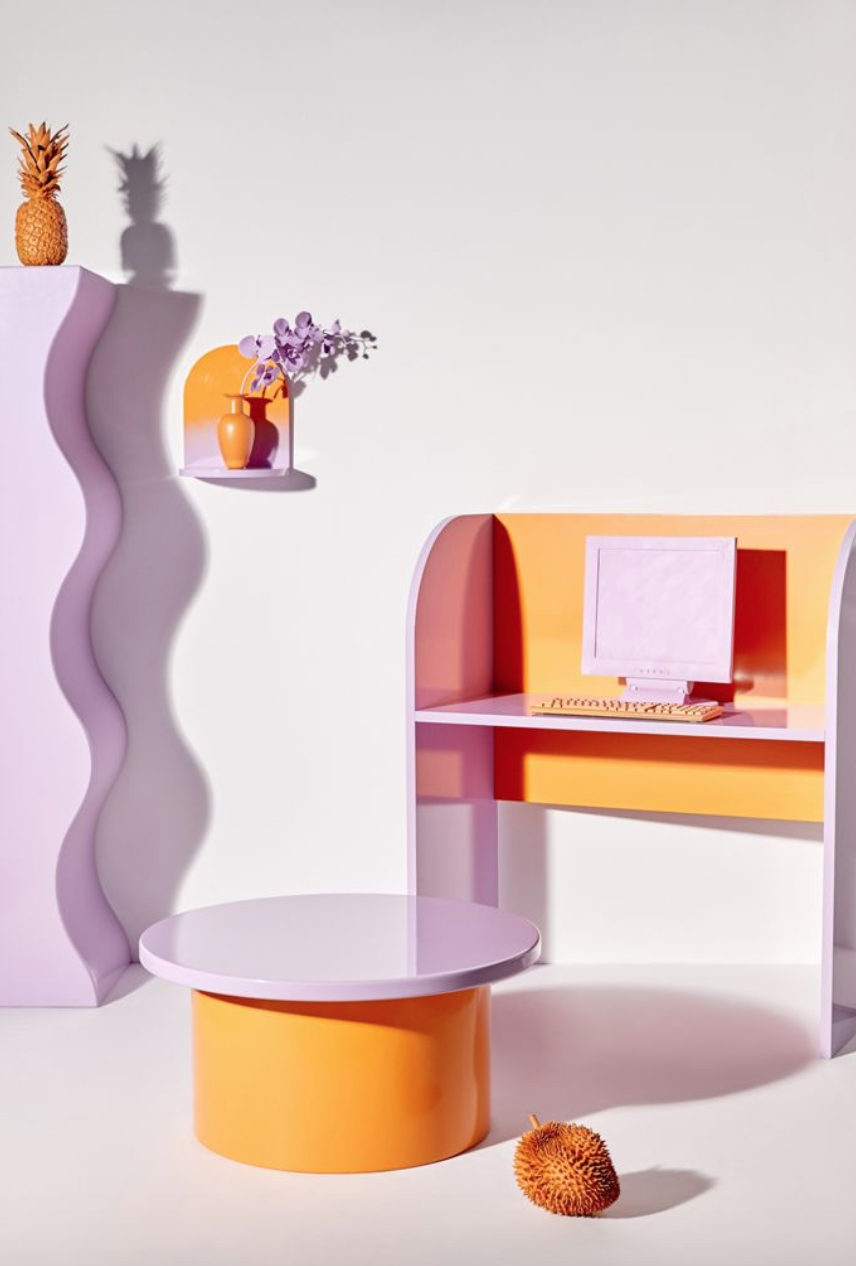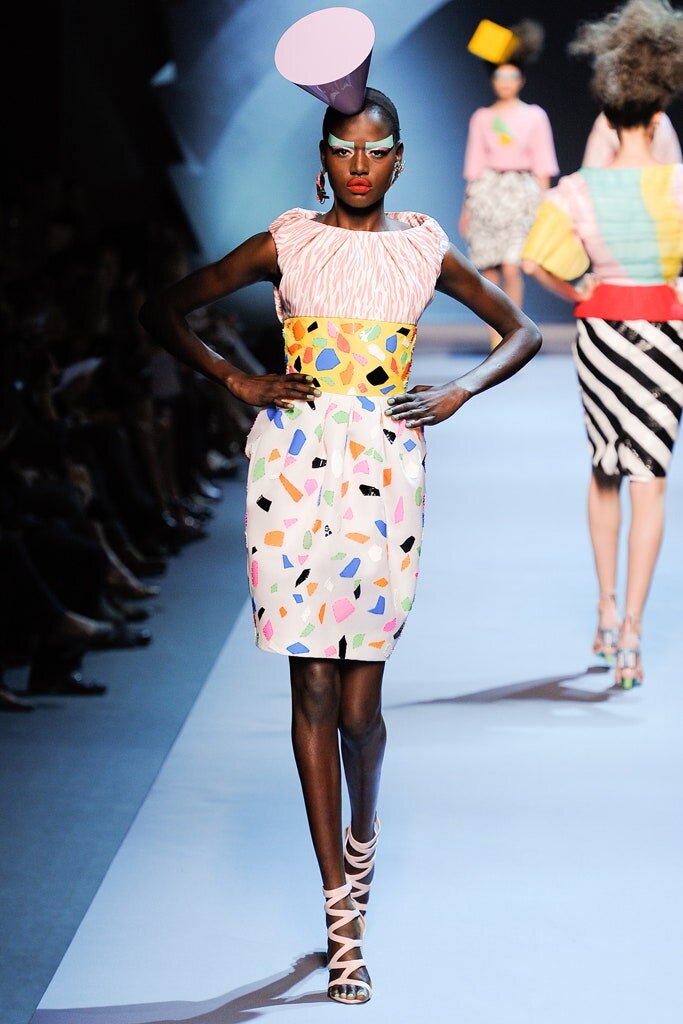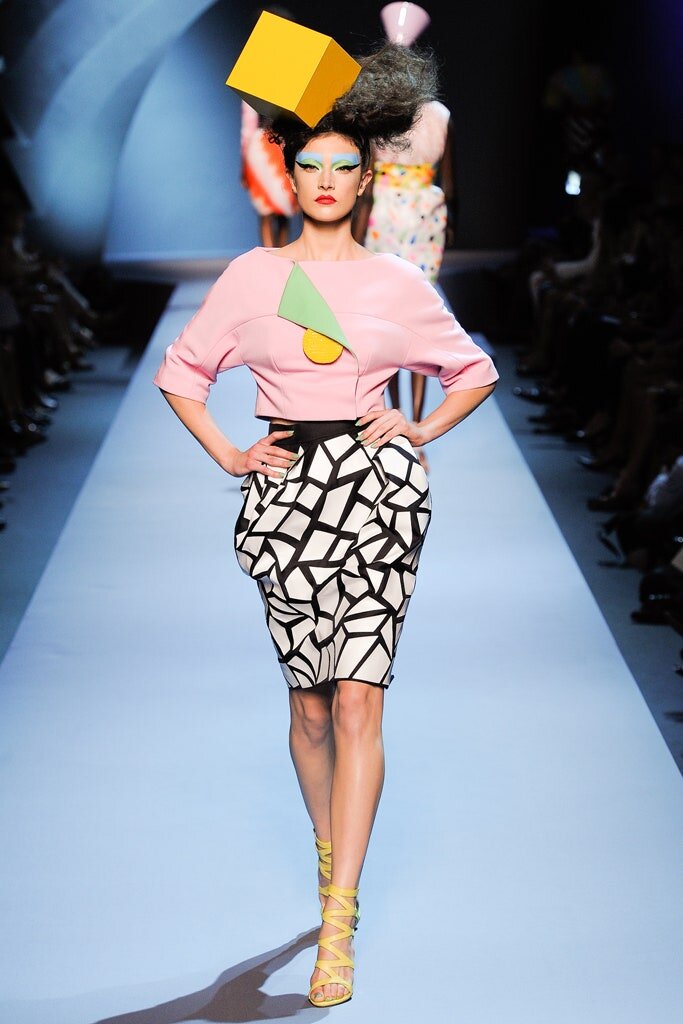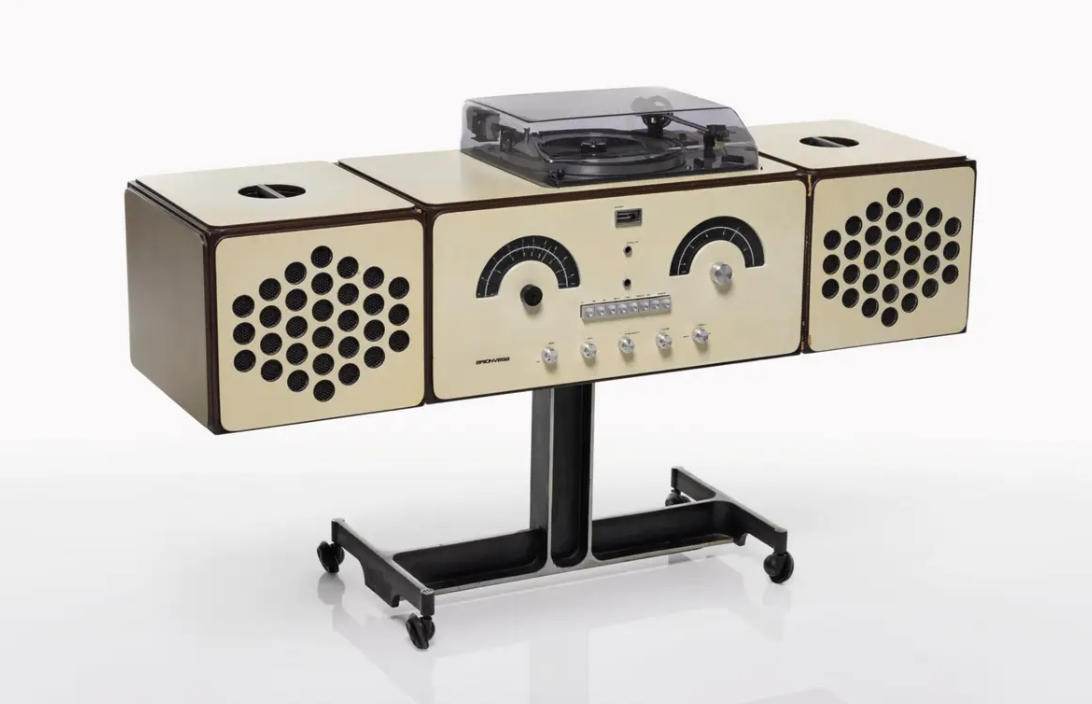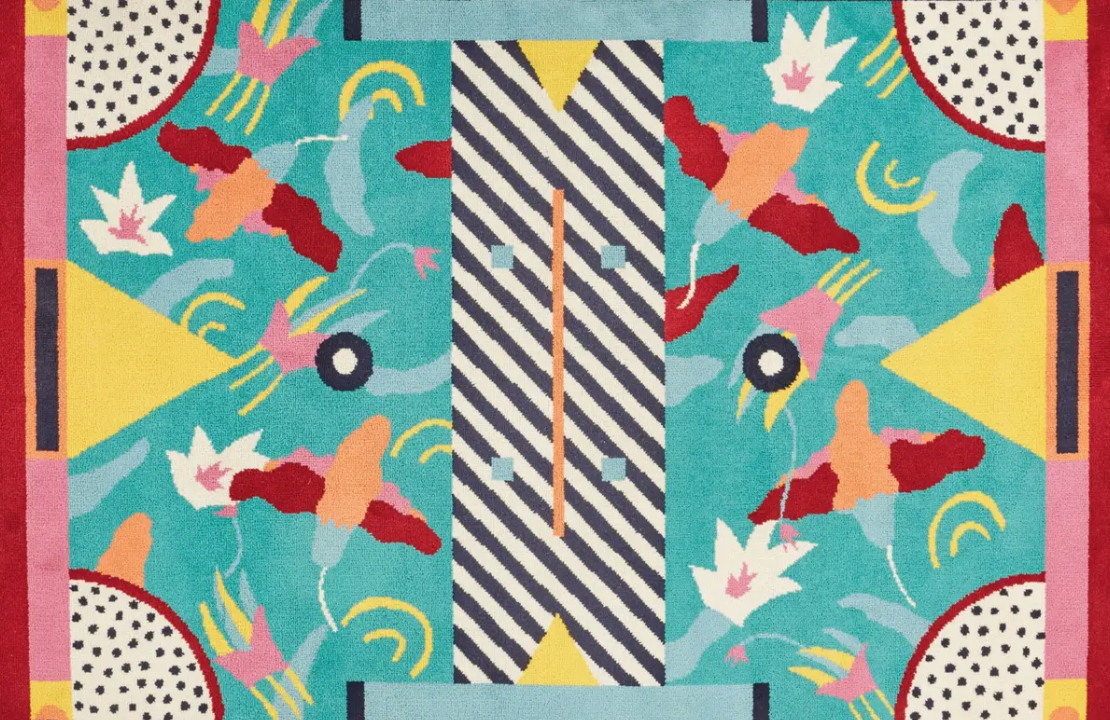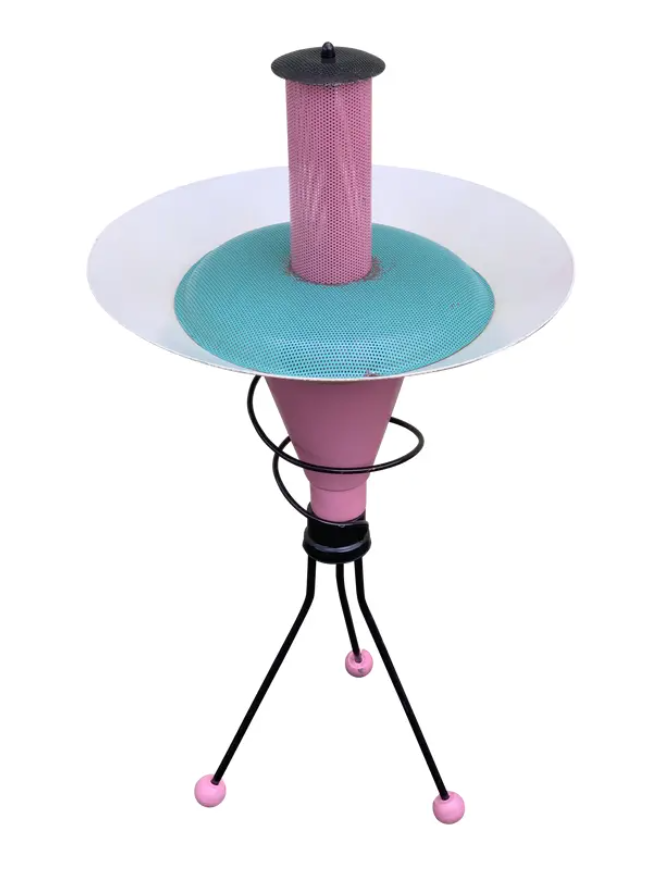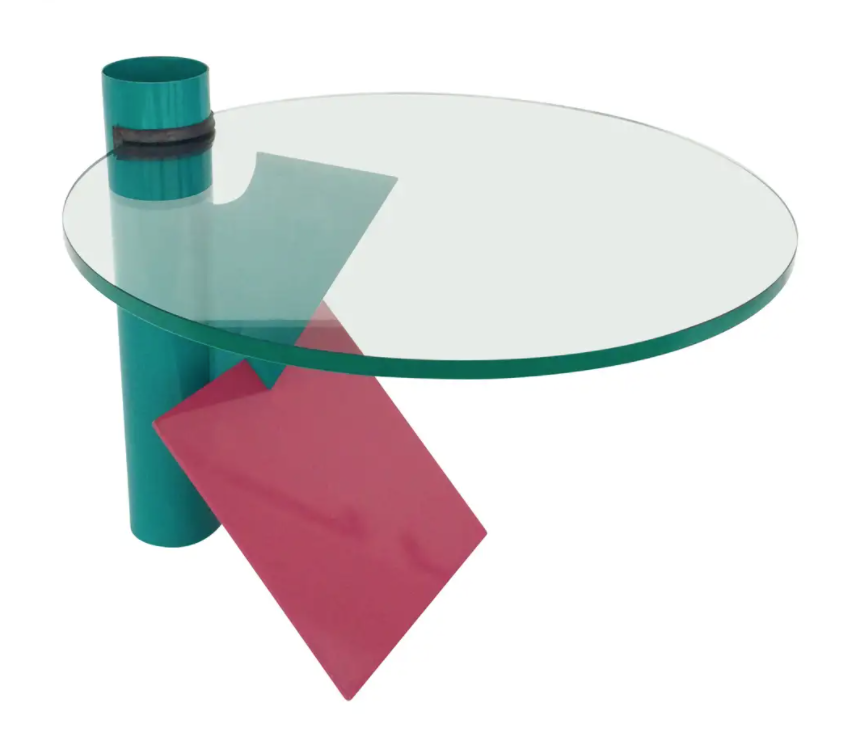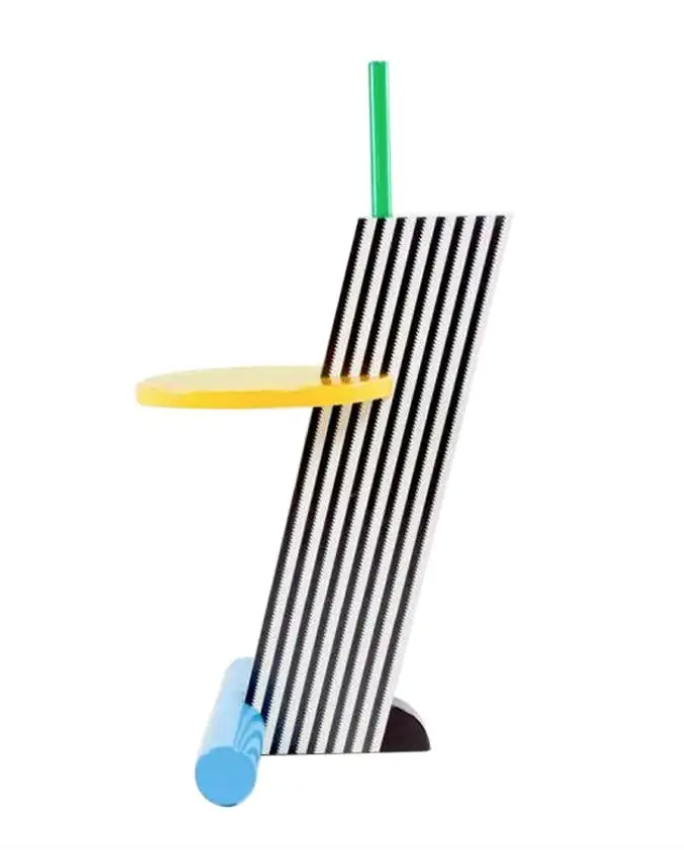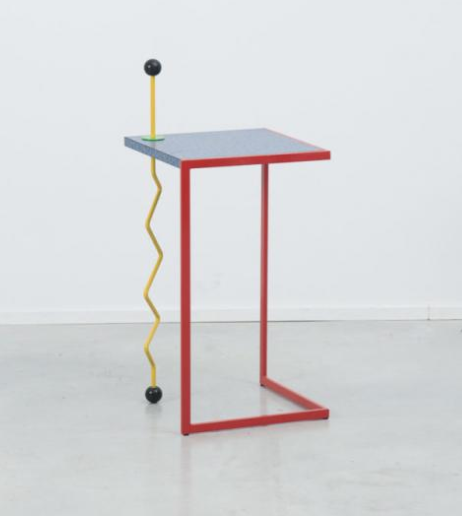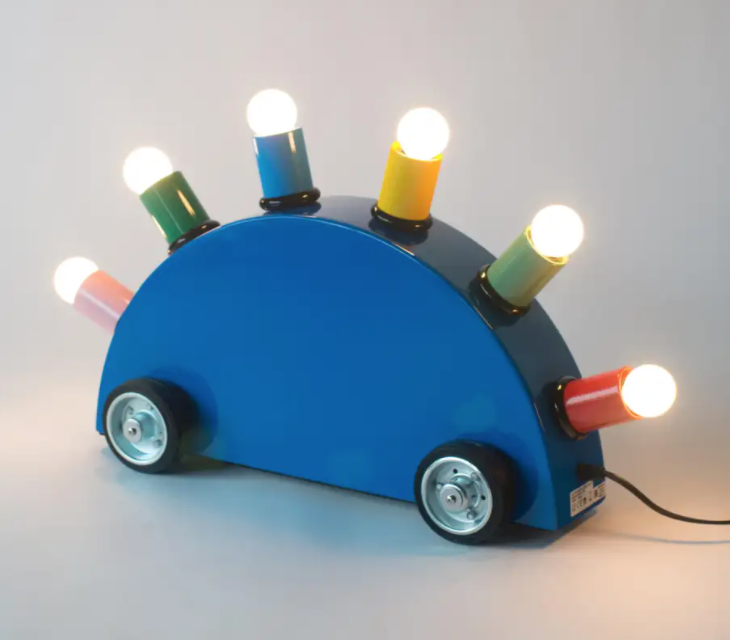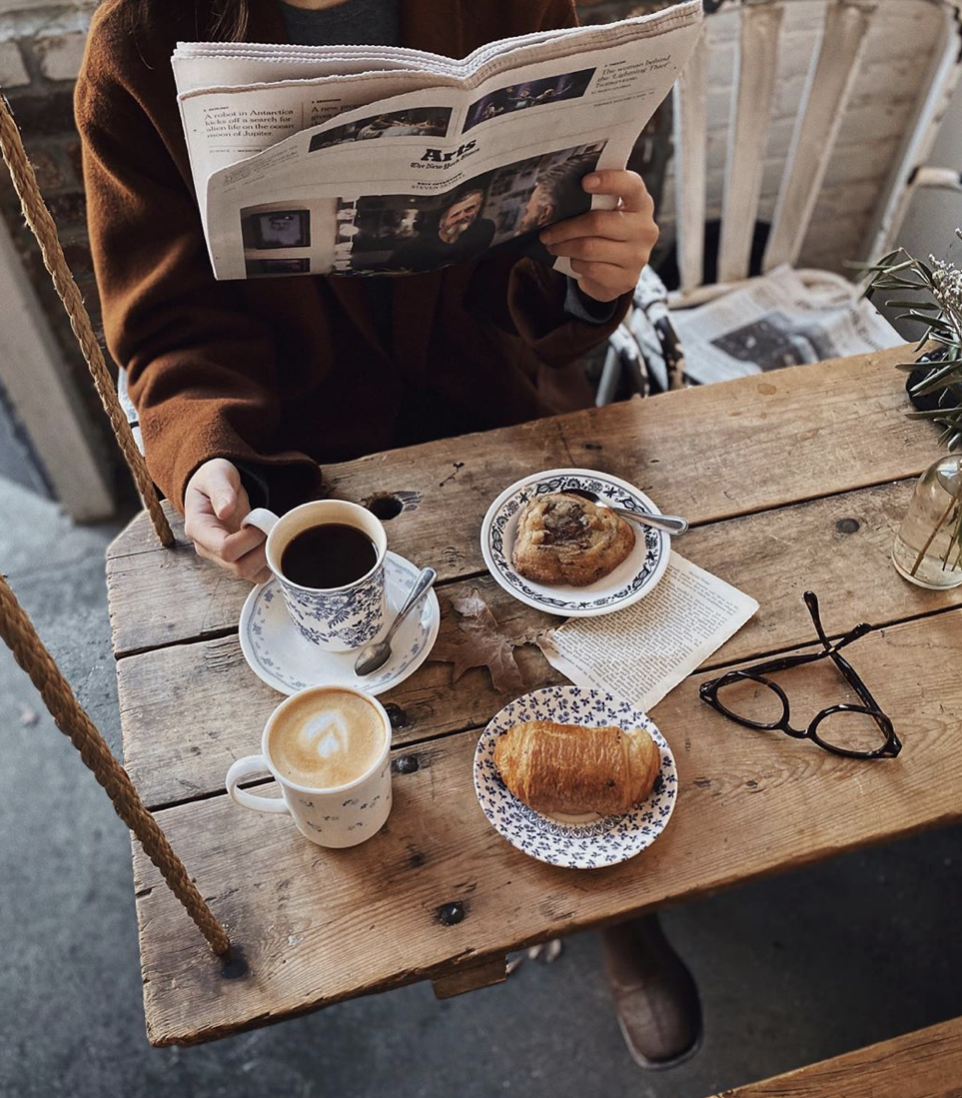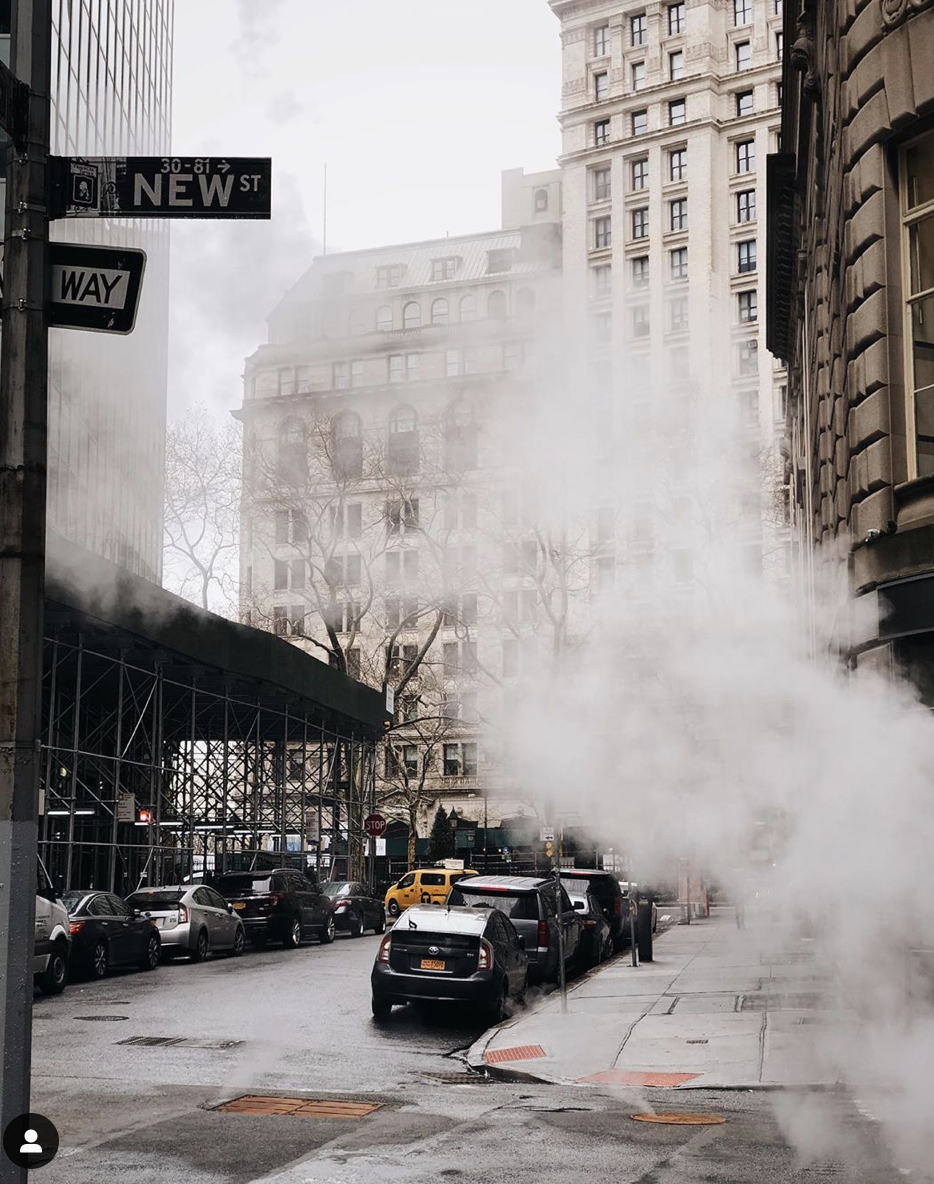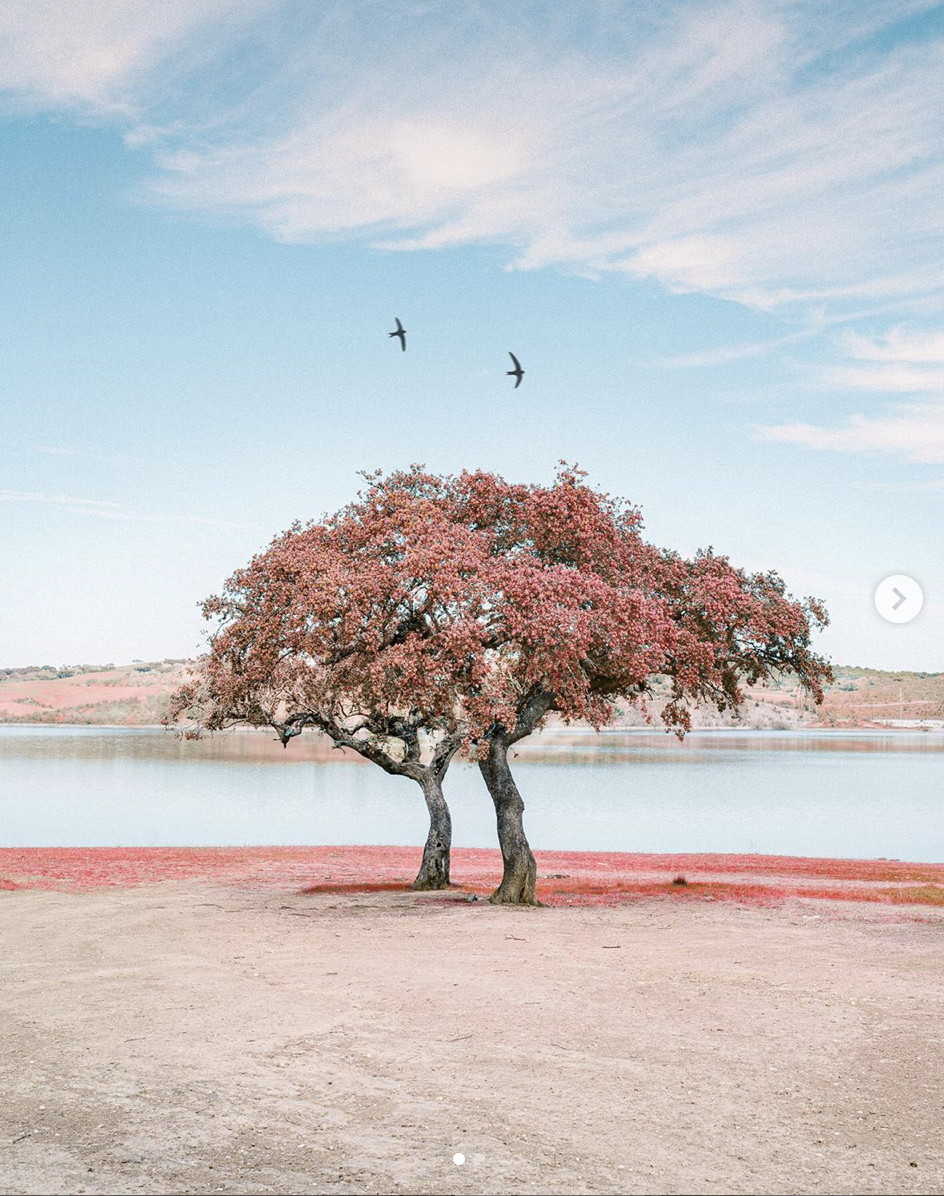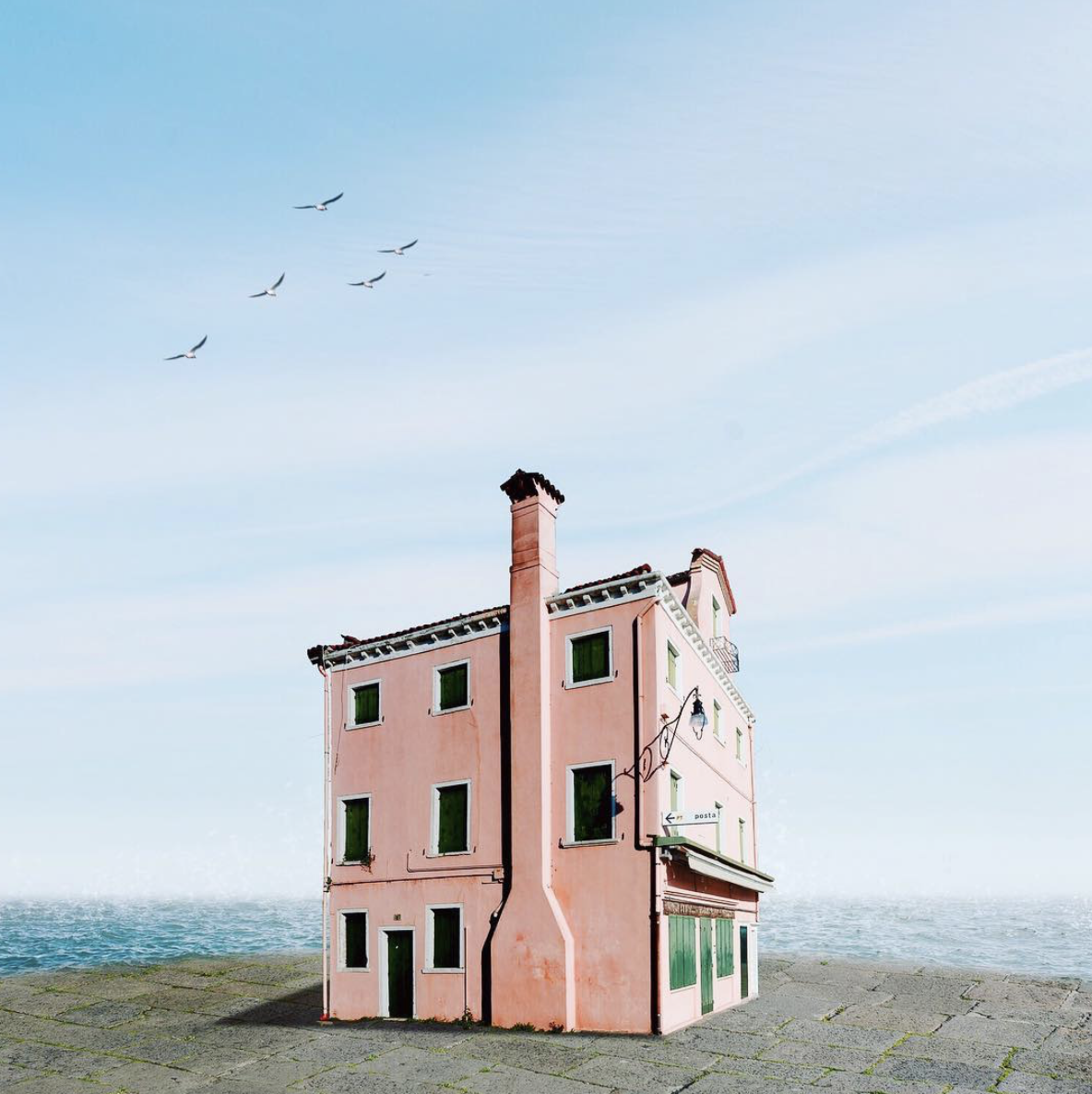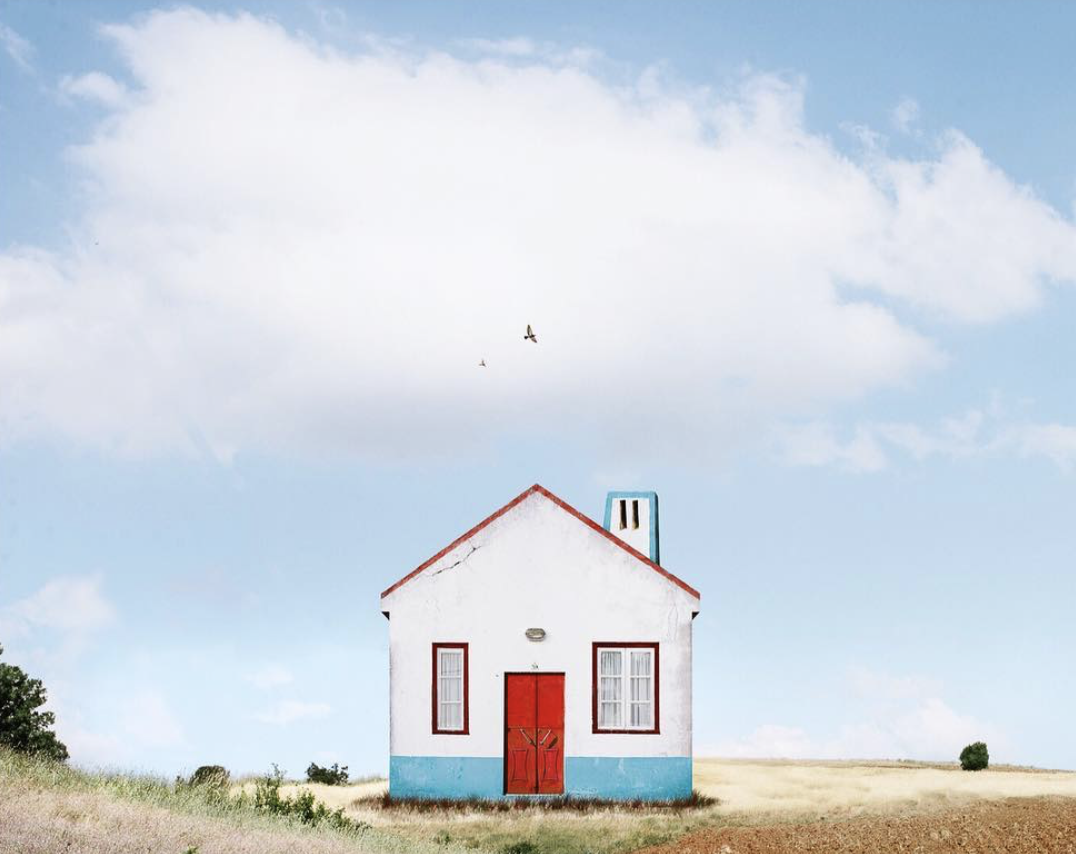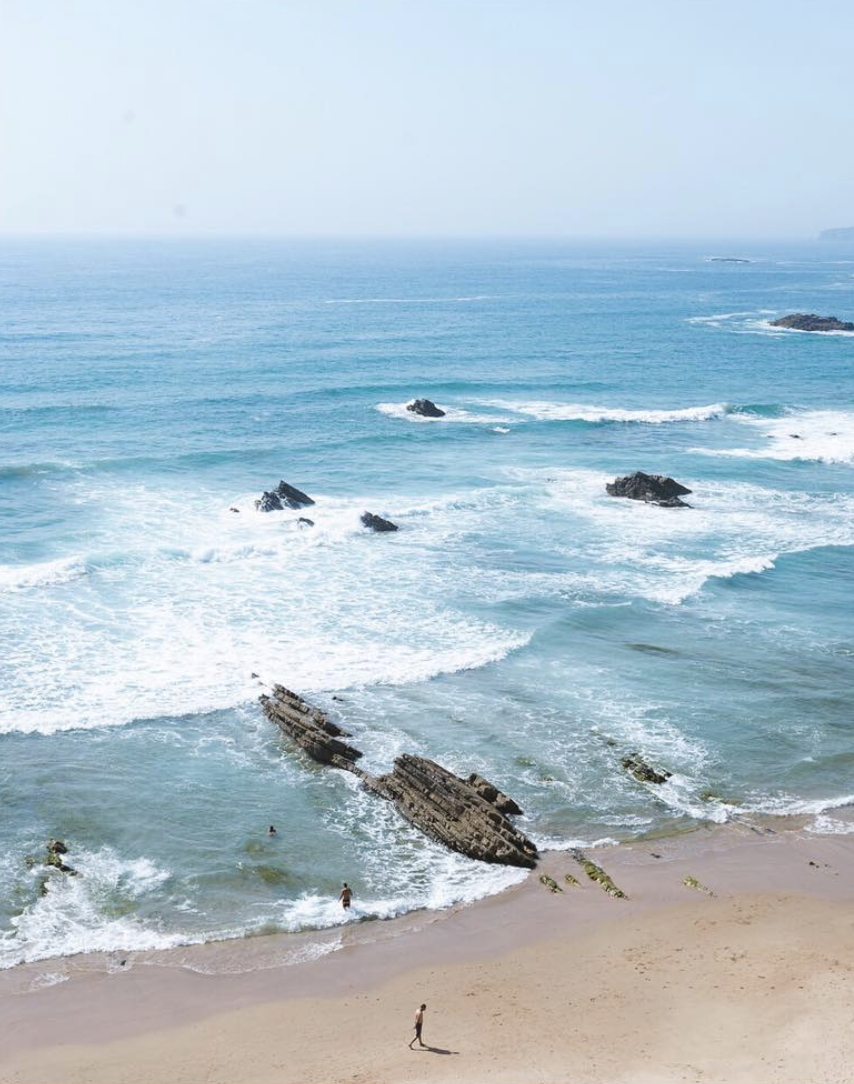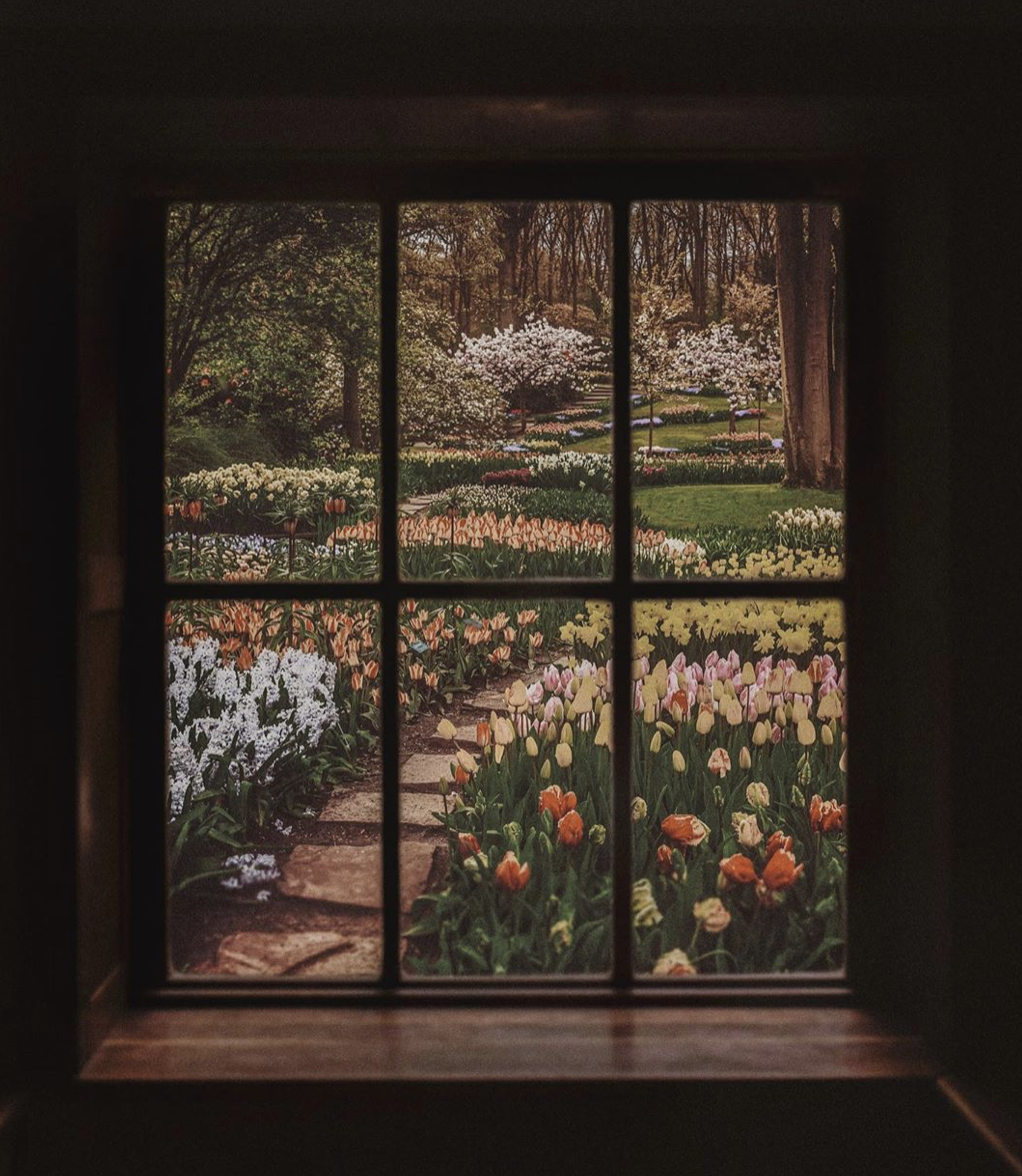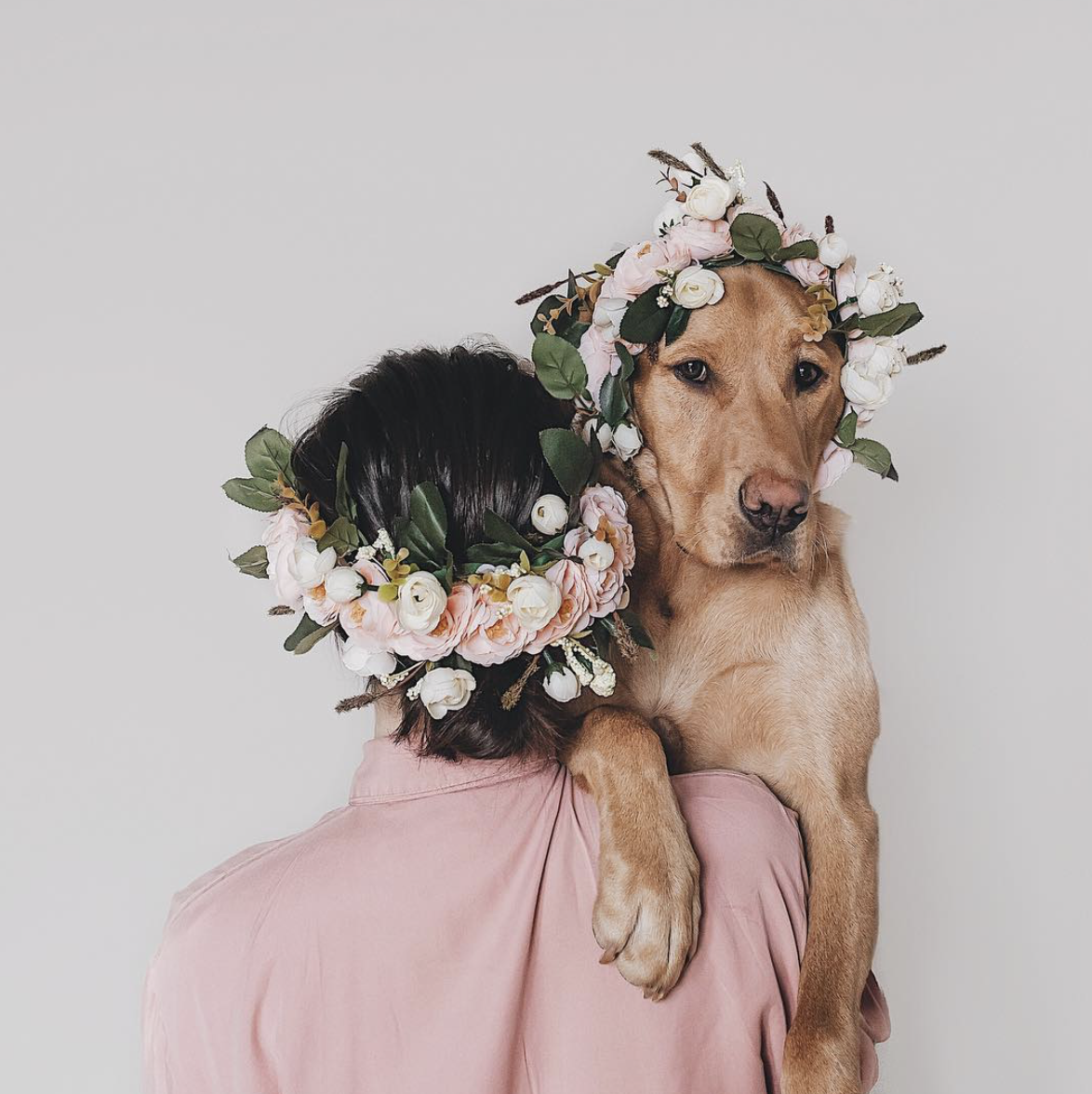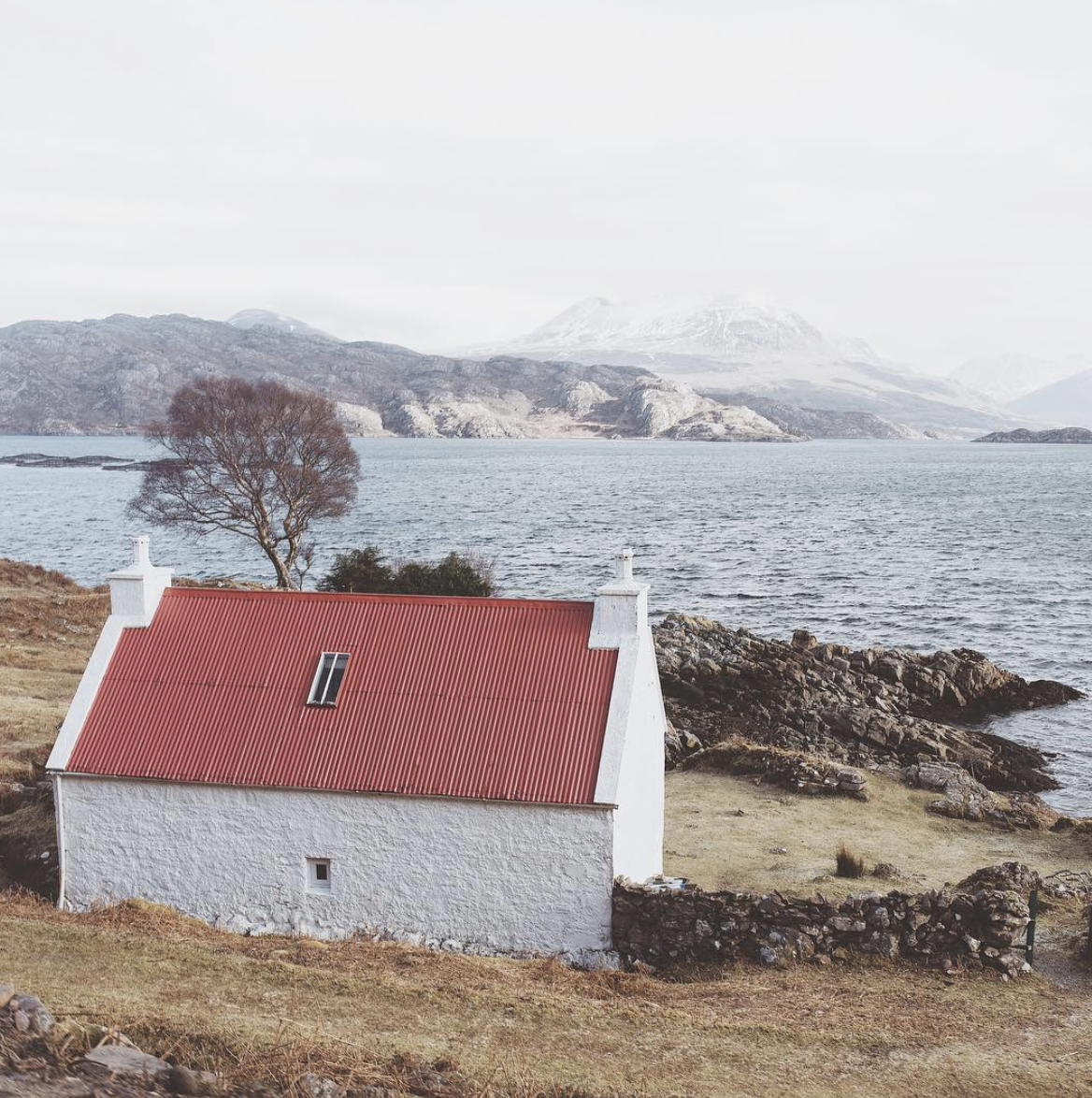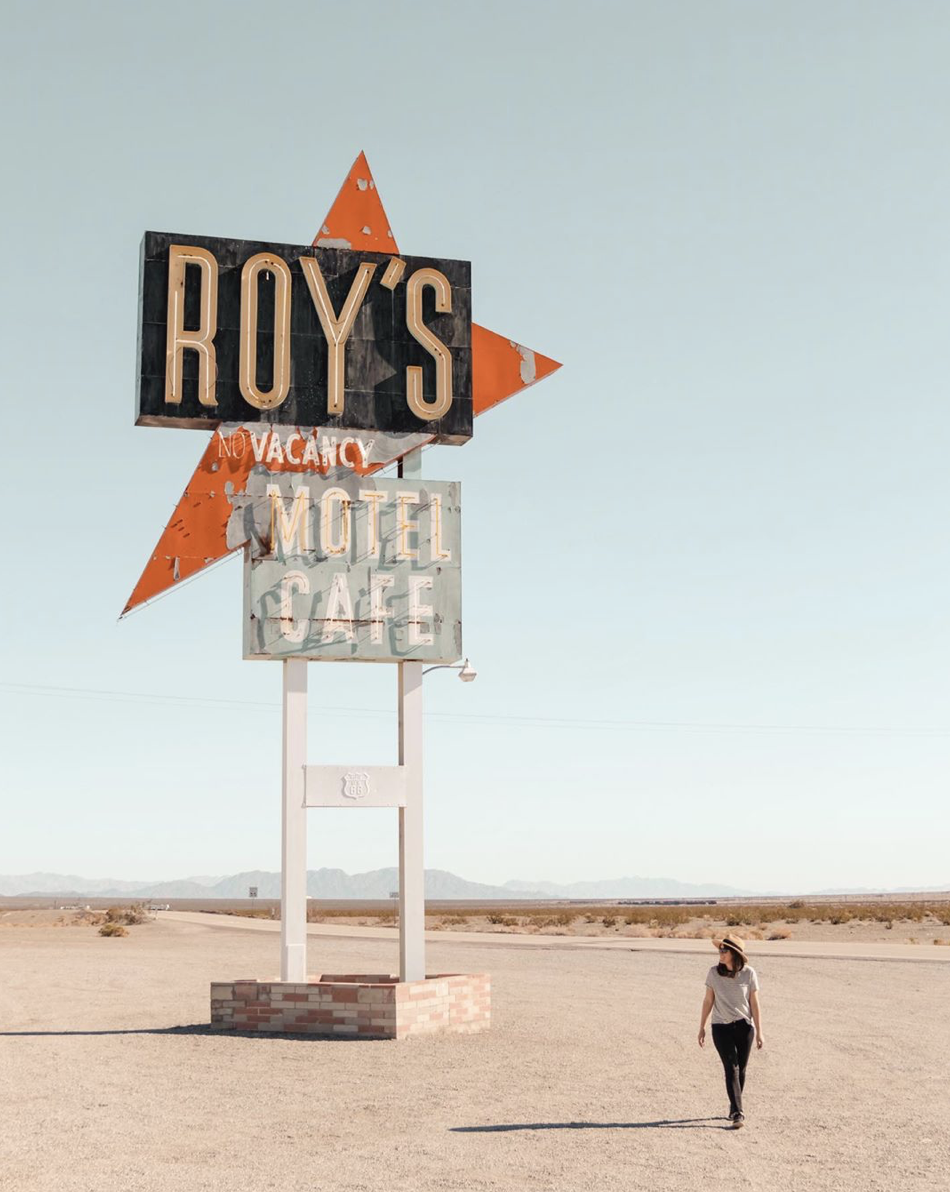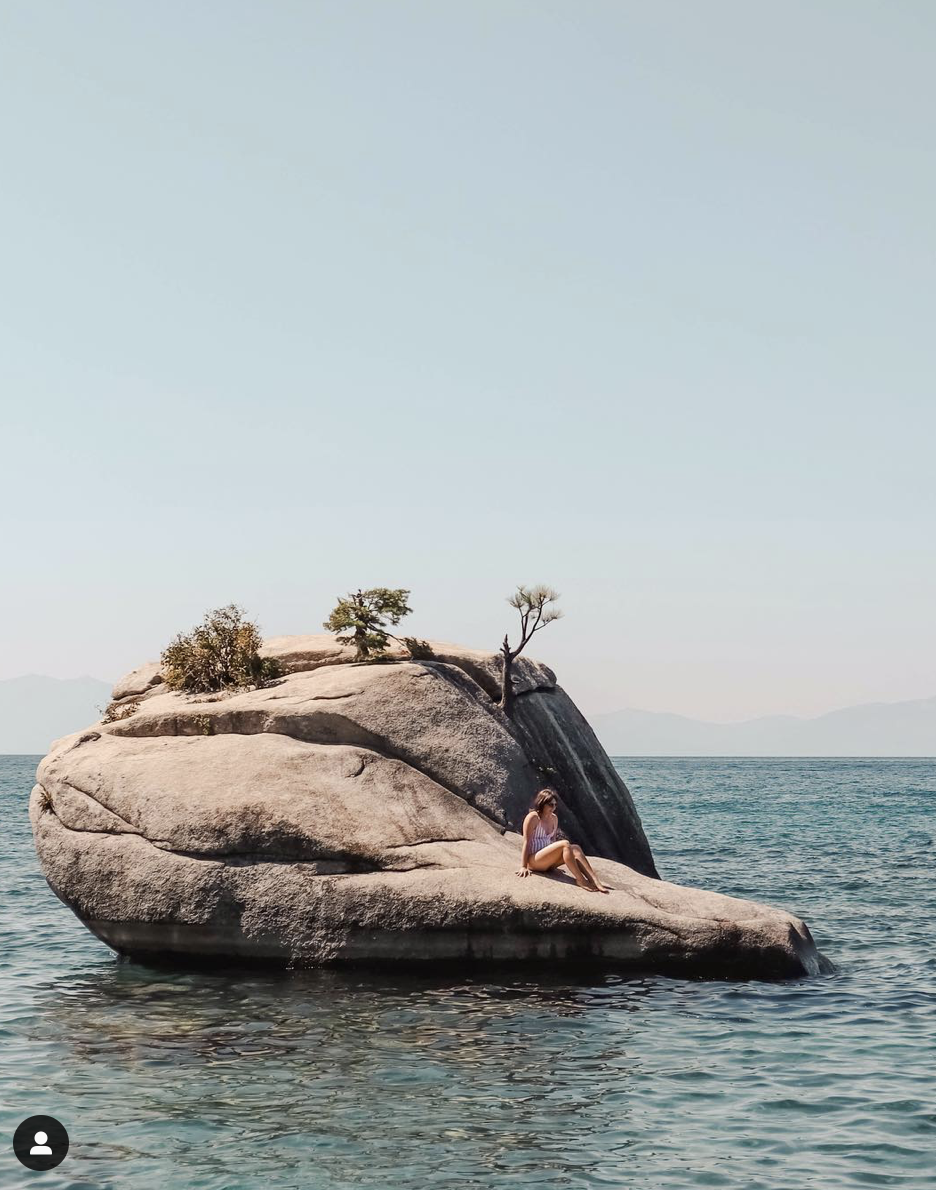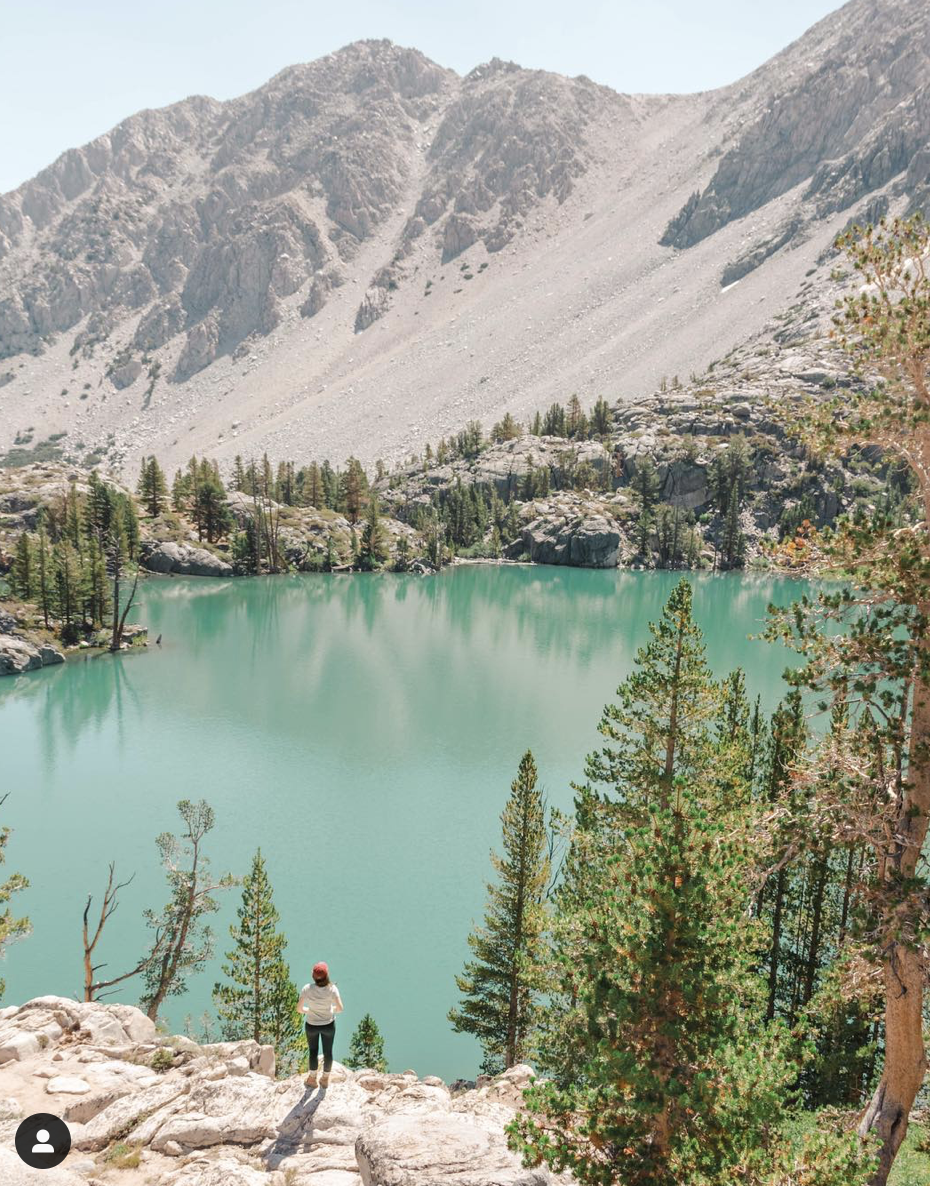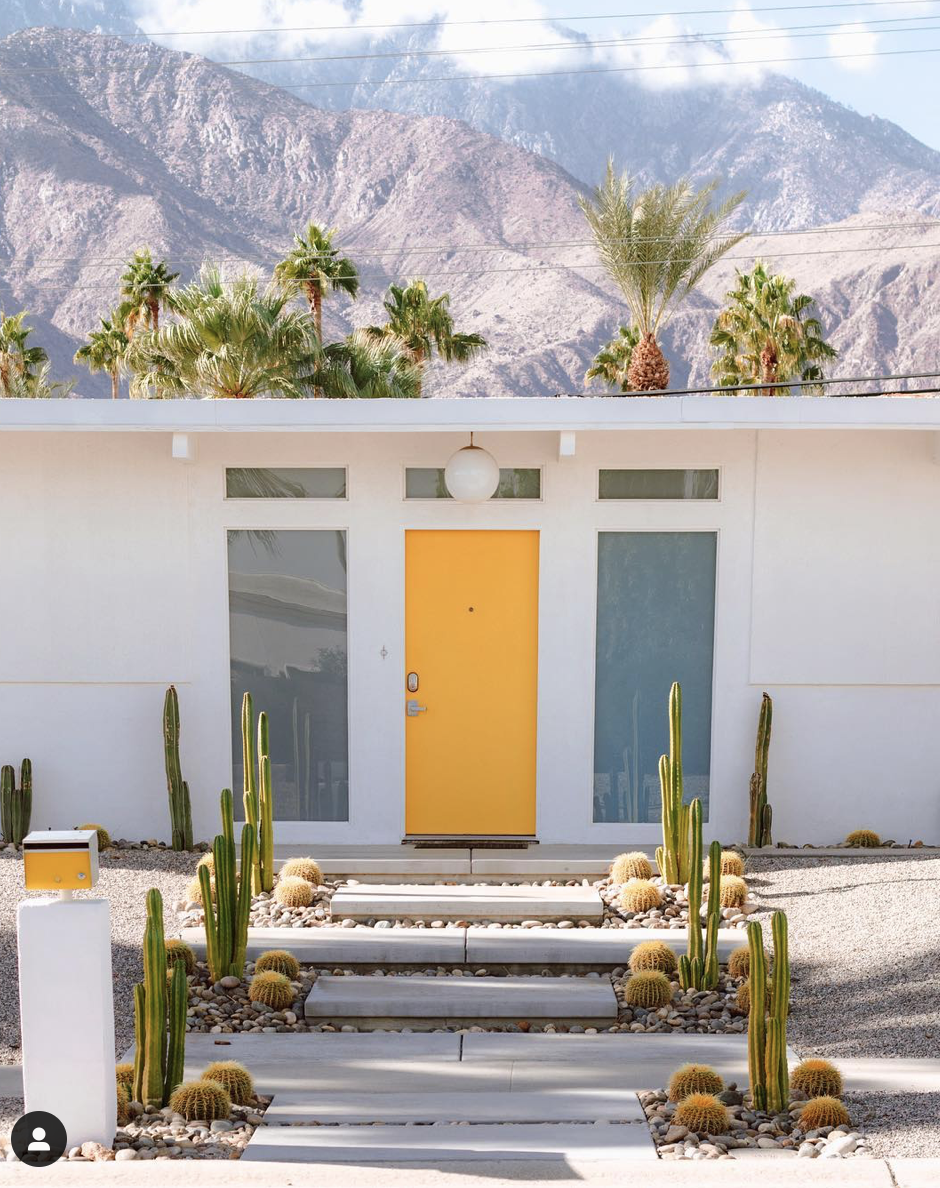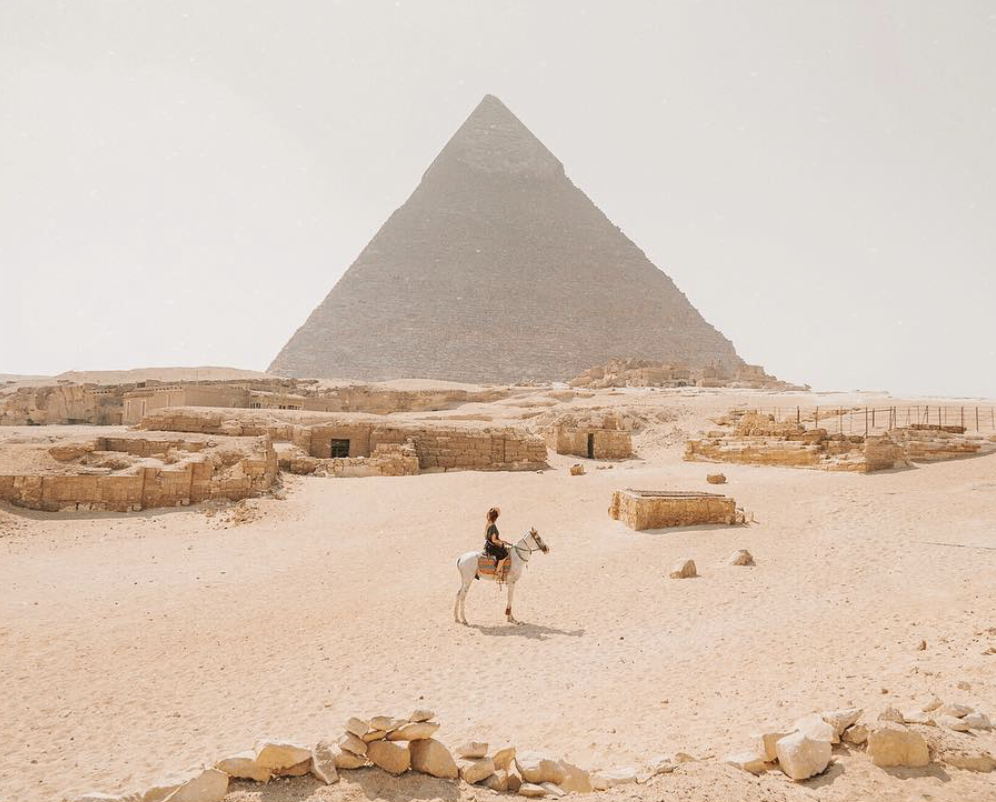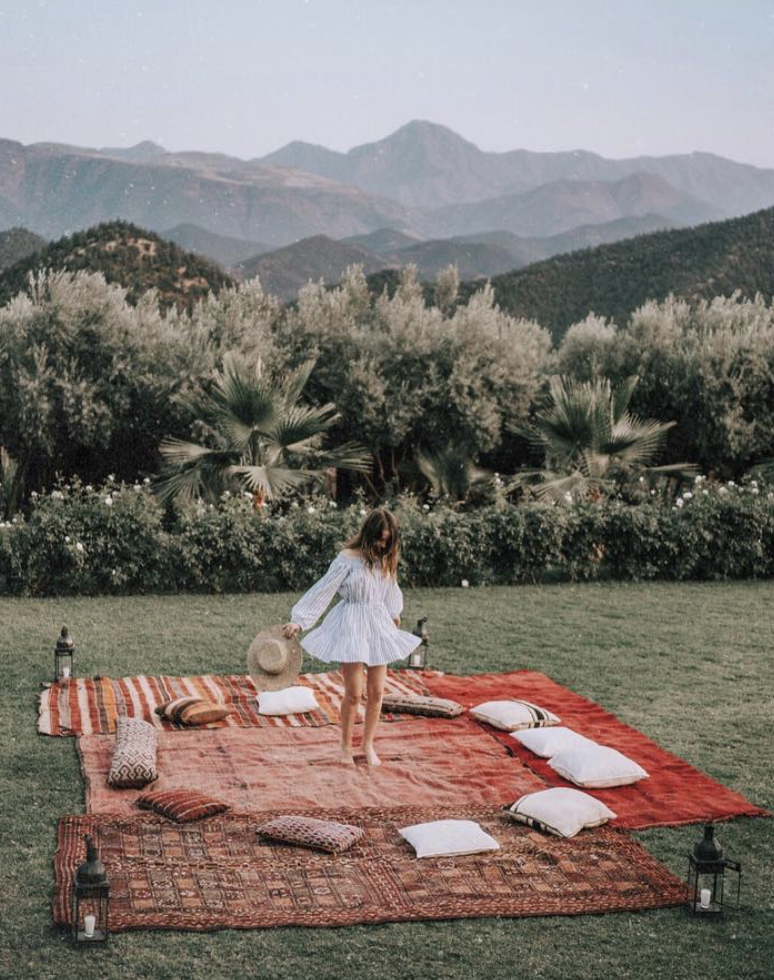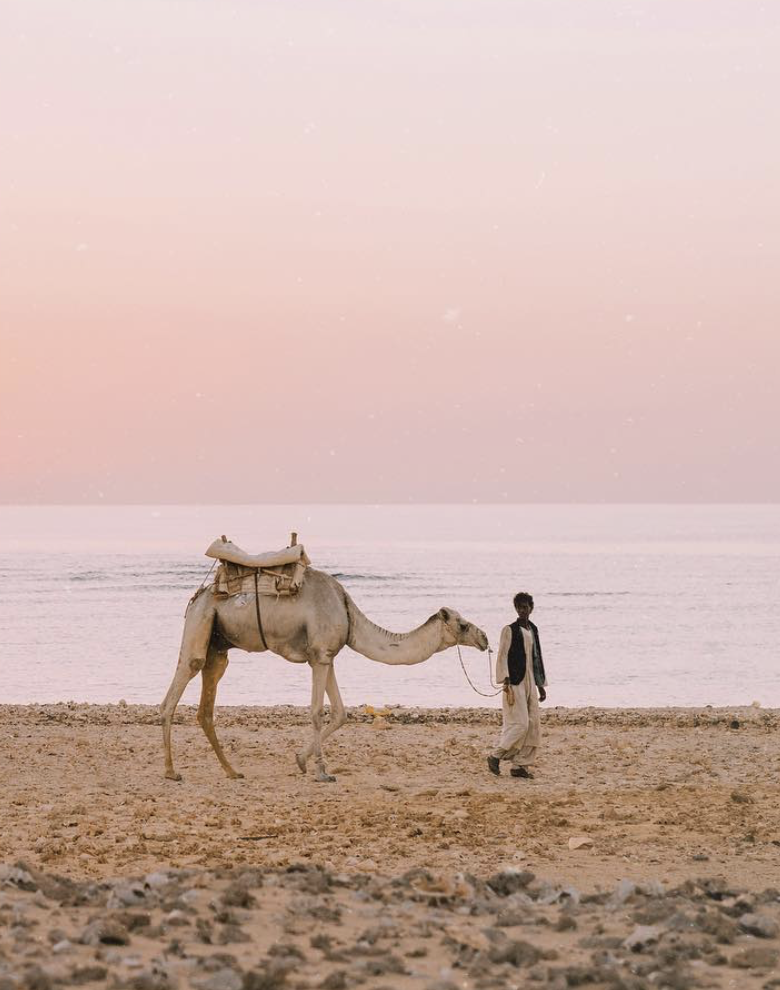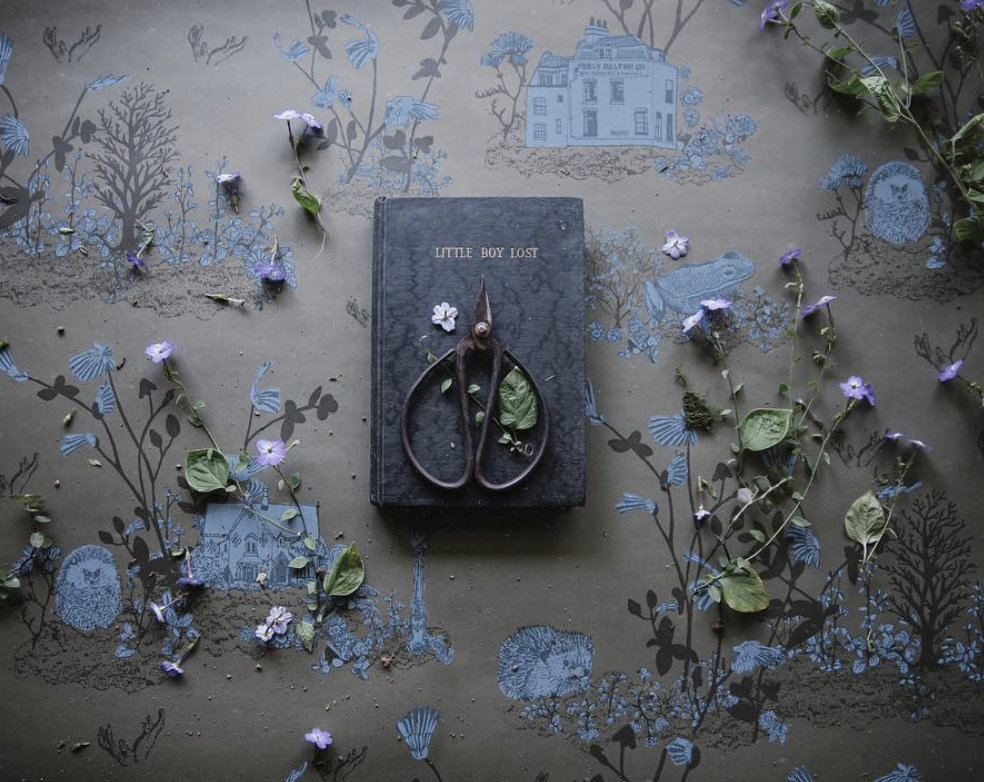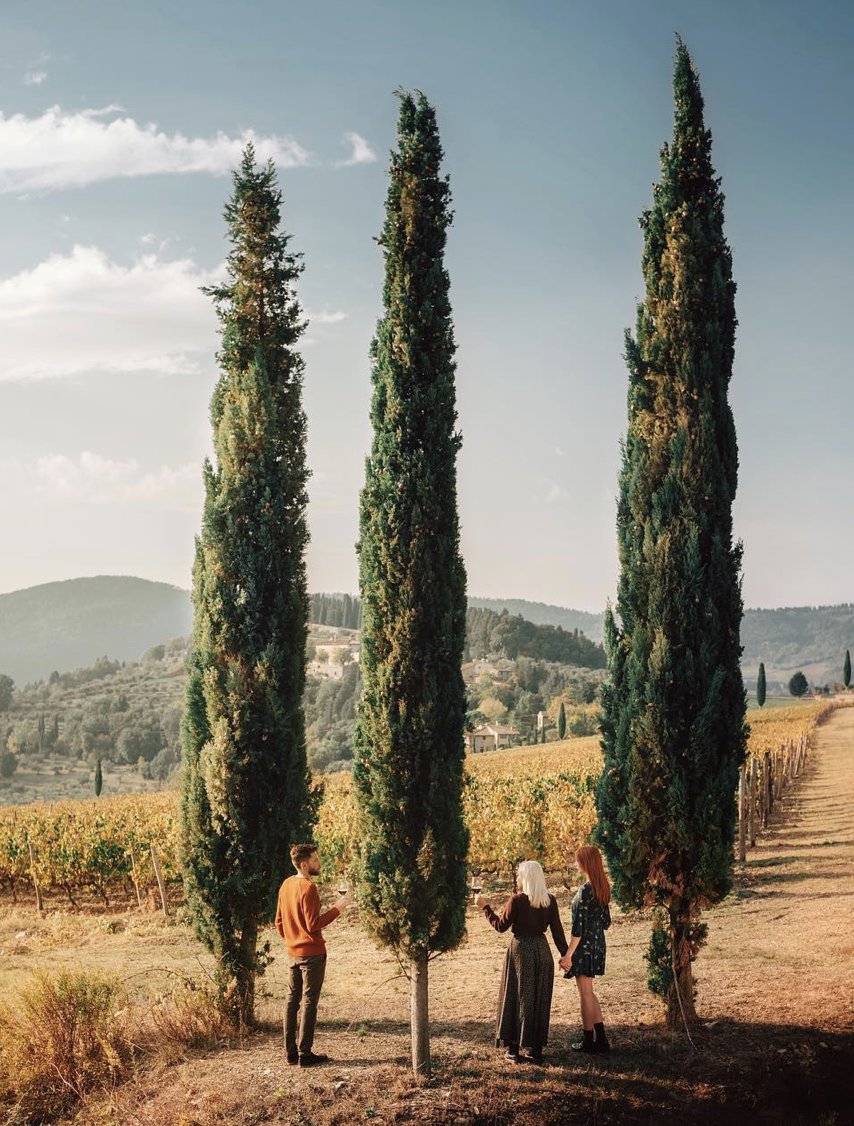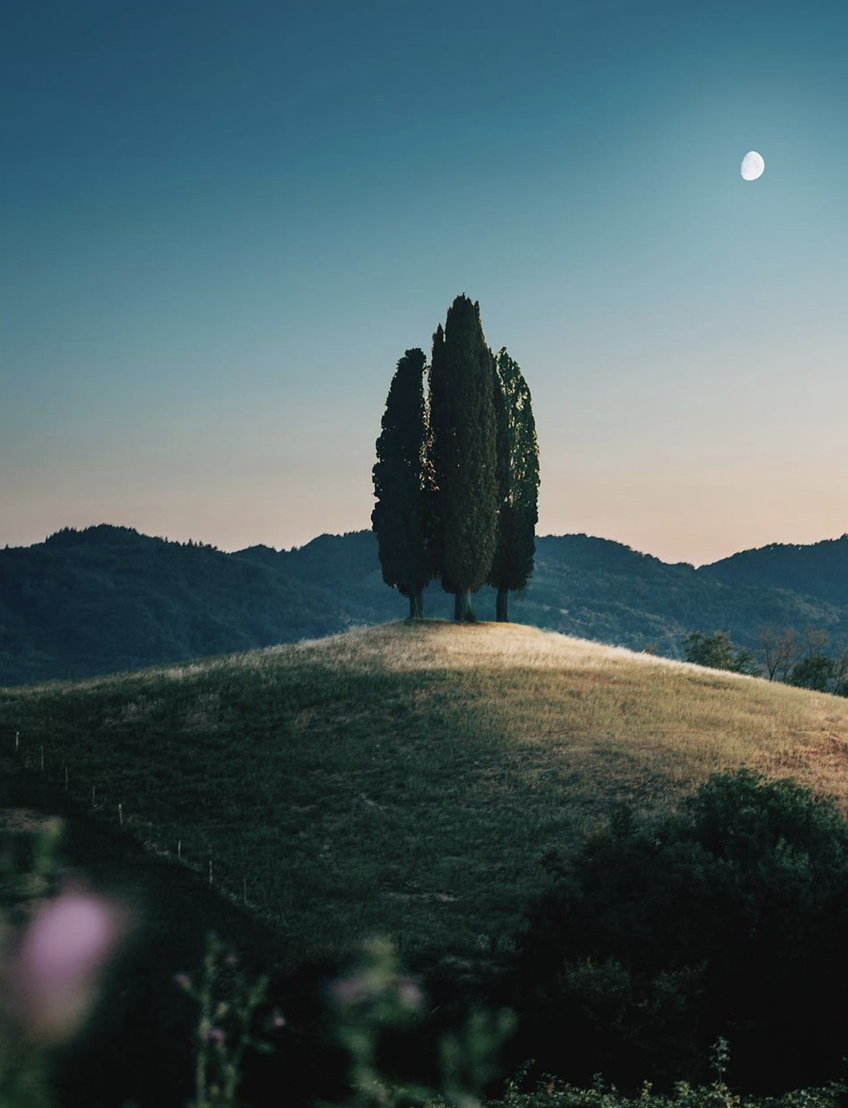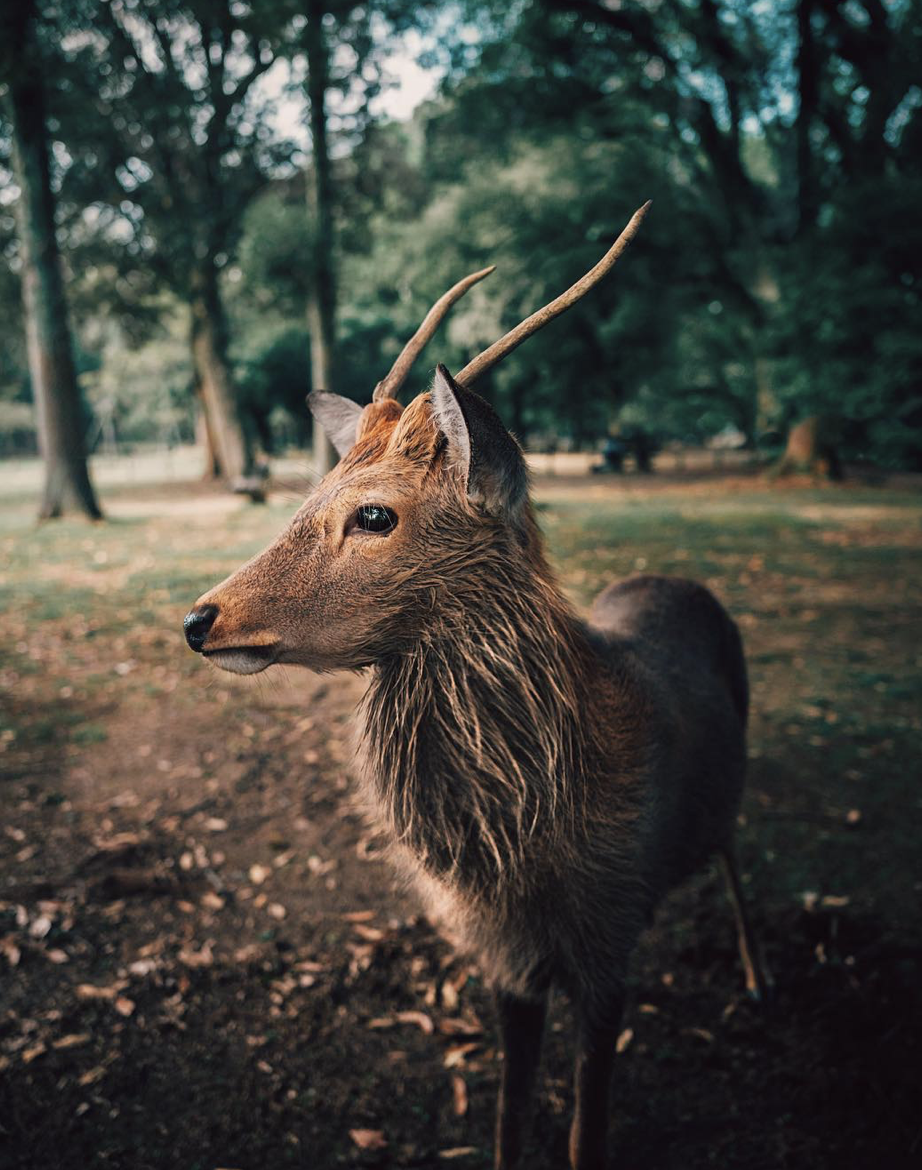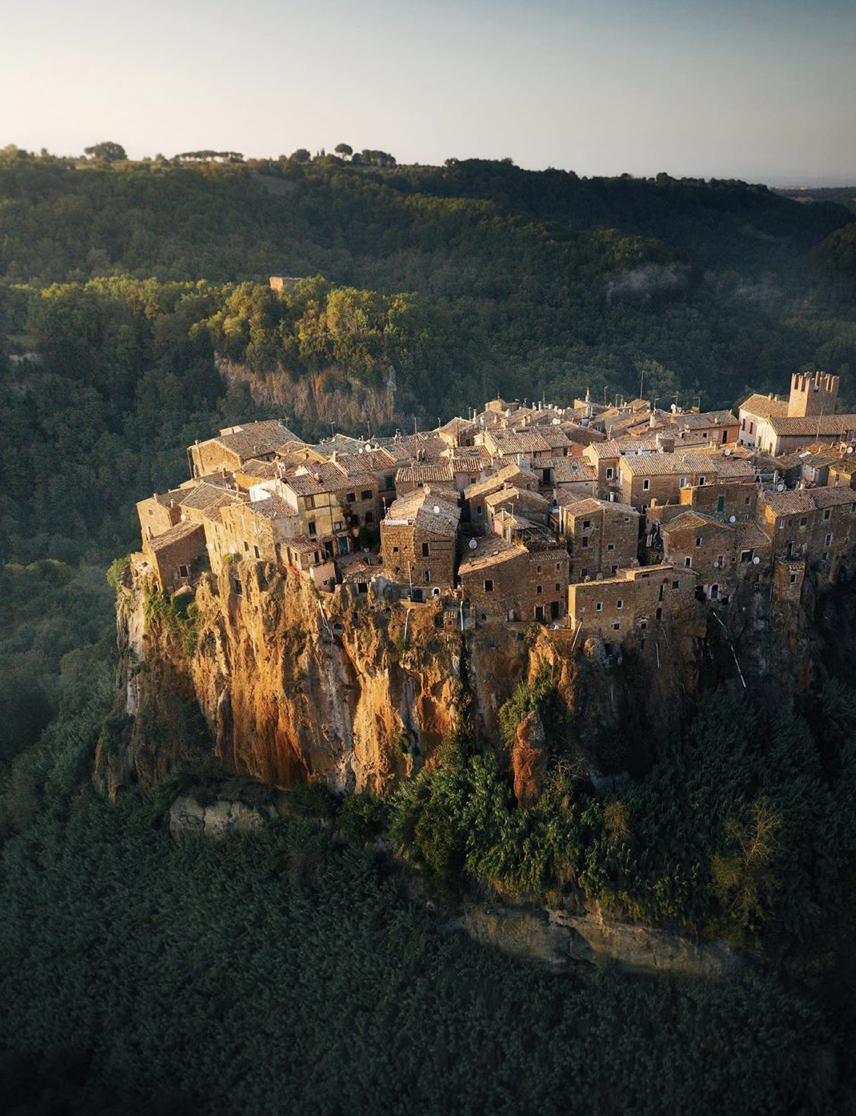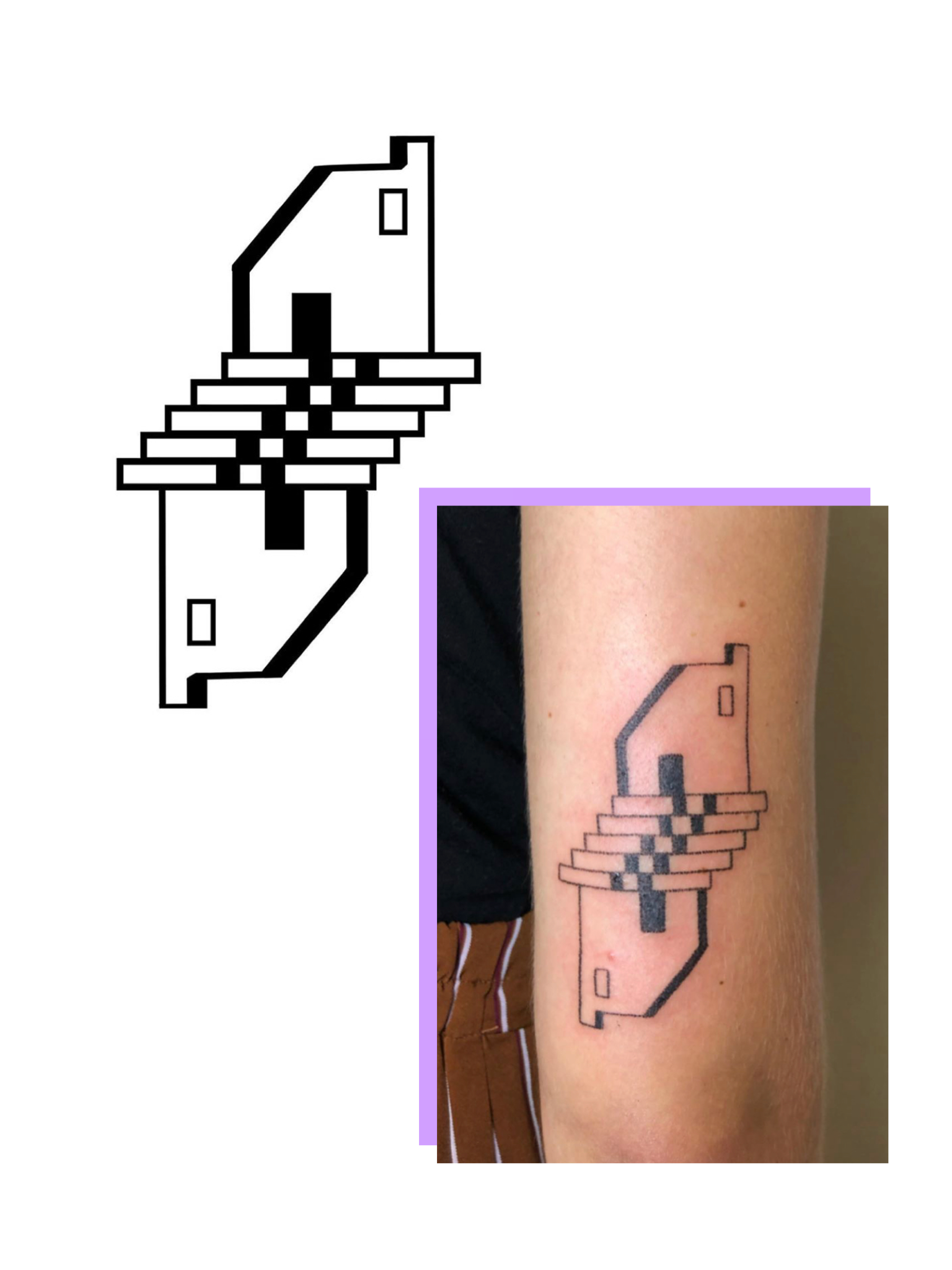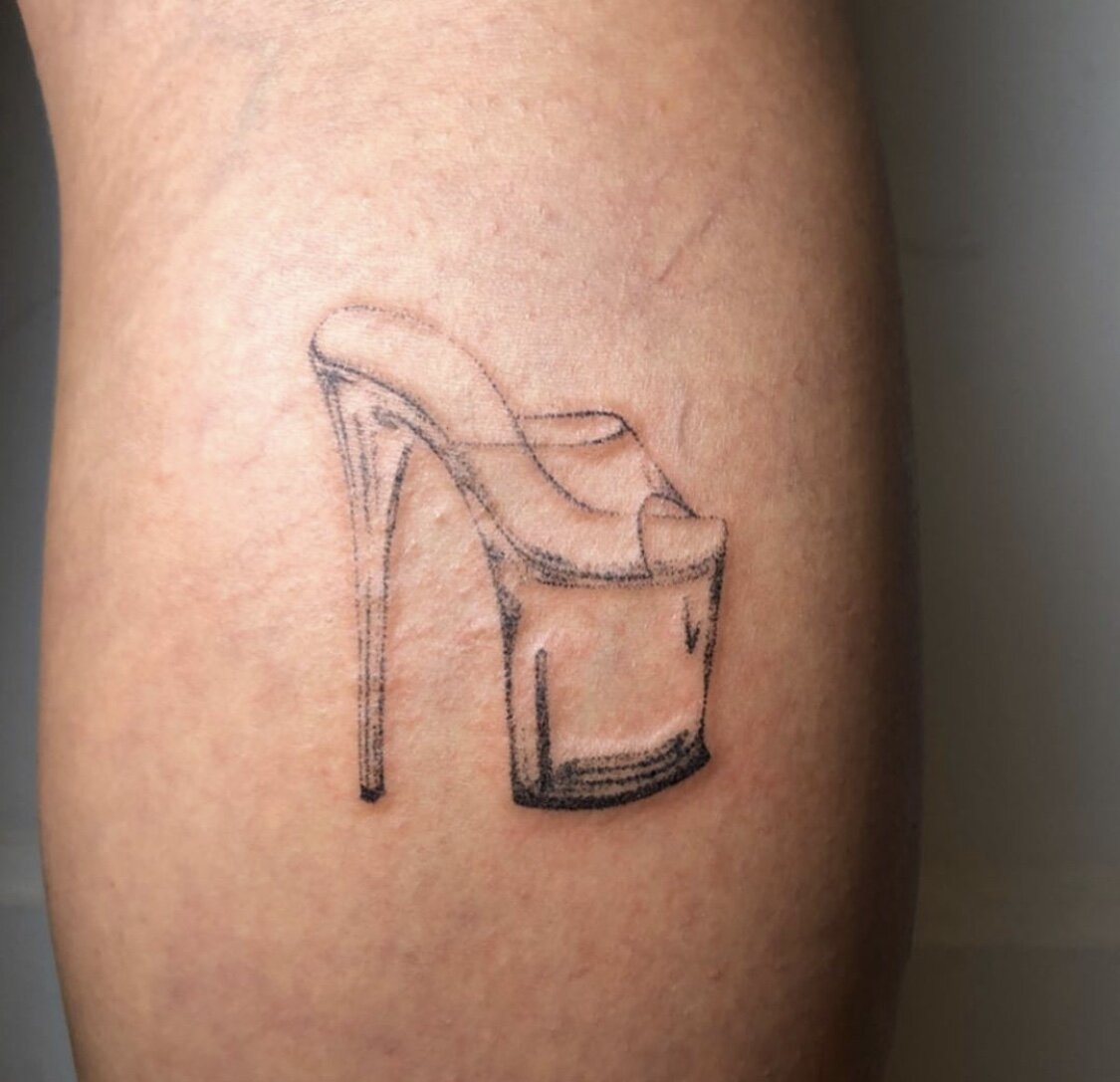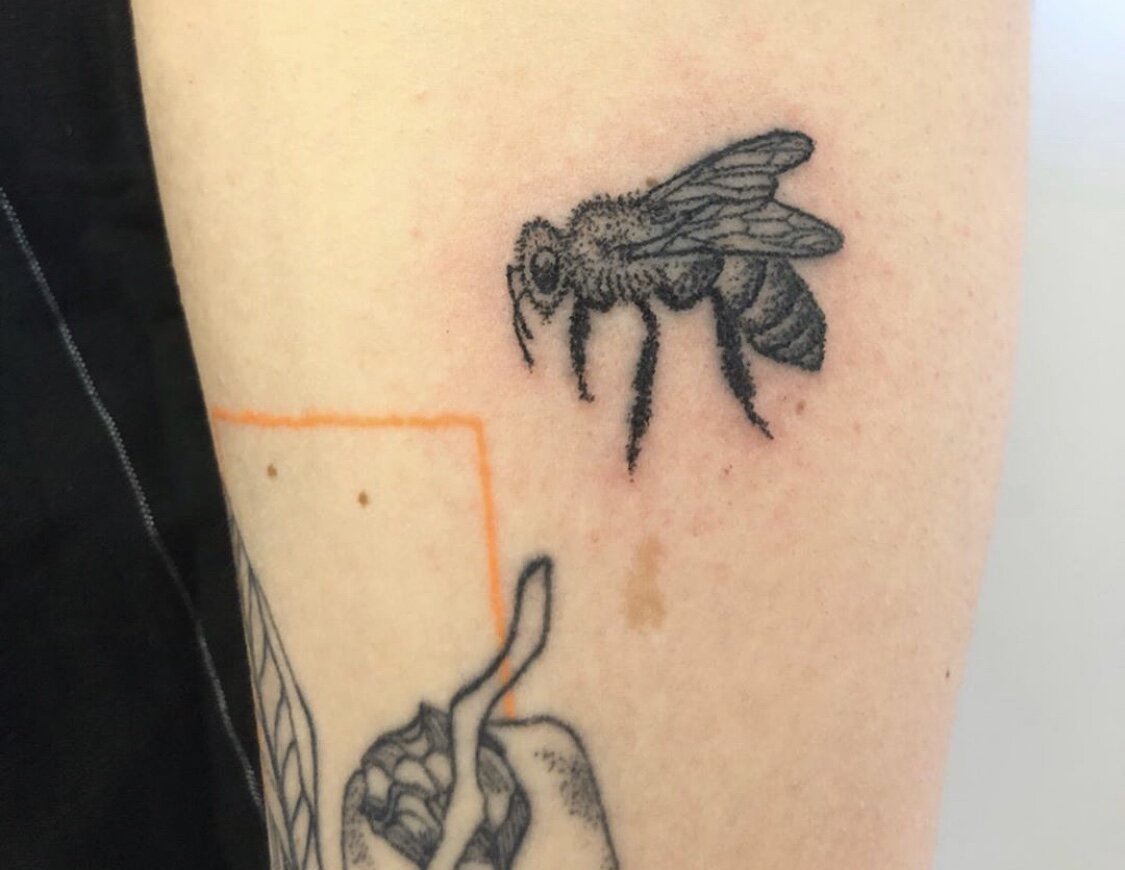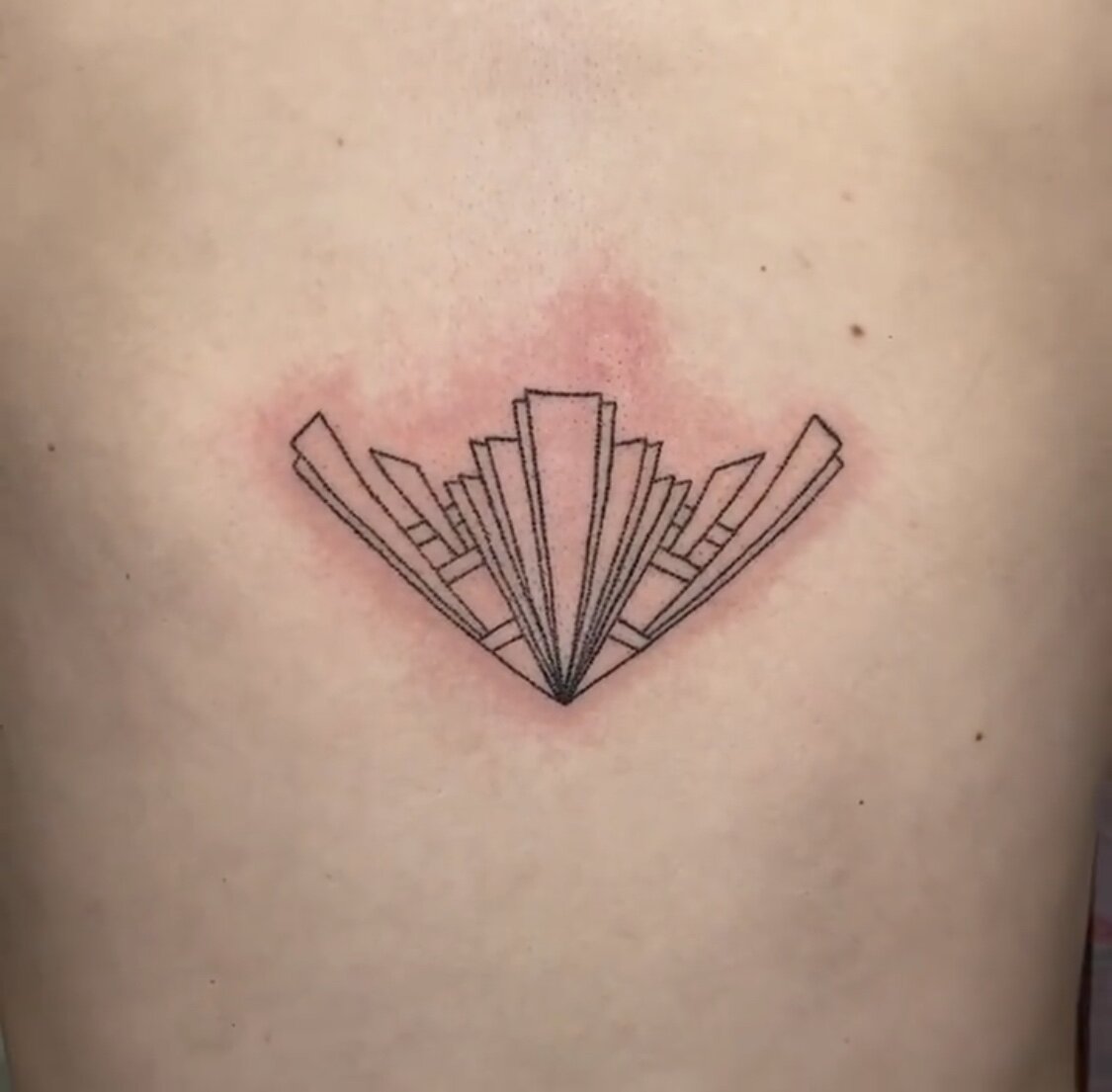The sheer ubiquity of advertisements and our subsequent skill at consciously tuning them out have led companies to strange new kinds of ads. When even sex no longer sells, perhaps weirdness will, they apparently thought, and so we saw a scourge of truly strange ads in the 2000s. The goal seemed to be to attract viewers attention by breaking the formula of advertisement, to make them entertaining – advertainment, it is sometimes called. But the strategy quickly caught on, and with everyone doing it, no particular ad stood out anymore. Two relatively recent phenomena have tried to fill that void in advertising that I have seen, both of which employ a similar idea. The first is the Cool Brand Twitter ploy, pioneered by Wendy’s; the second is the Woke Brand Commercials, inadvertently kicked off by Keurig.
Cool Brand Twitter seeks to make companies relatable and friendly, and above all cool. Multi-billion dollar corporations don’t want to be seen as evil or, worse, out of touch, so they create memes and respond to each other and random people on Twitter. Like teenage boys with their hair, they work meticulously to give the appearance of nonchalance and cool. But now every company seems to be in on the idea, and most are decidedly not savvy in their use of it, so the effect is diminished (in my experience at least), just like with traditional ads.
The second new advertising phenomenon is the Woke Brand Commercials. Keurig seems to have started this trend by accident. When it announced it would pull its ads from Sean Hannity’s show following his support of Roy Moore, many fans of Hannity’s show took to destroying their Keurigs in retaliation, while many opponents of Moore praised Keurig. It initially seemed mostly like bad publicity – but it was still huge, free publicity. The content of their “stand” wasn’t what mattered; the controversy it started did. This would become a theme of the Woke Brand Commercial.
As far as I can tell, Nike is the first company to deliberately follow Keurig’s tentative lead. The commercial itself is utterly inoffensive. A voice-over tells us to dream big while a montage of athletes plays in the background, including Lebron James and Serena Williams. The commercial is notable for recognizing and championing black excellence, but would have been fairly run-of-the-mill were it not for the voice of the ad, Colin Kaepernick, who also appears twice in the ad. In a country where acknowledgment of the injustice of police brutality amounts to a political statement, Kaepernick’s presence was taken as a tacit approval of his activism, and a slight Nike would have to pay for. #Burnyournikes, where people filmed themselves burning their sometimes brand new shoes, trended on Twitter for a few days. Nike’s stock rose by $6 Billion. Again, the content of the ad was besides the point for Nike: what mattered was the controversy. No one could escape news and social media, even if they could tune out ads. Starting a “conversation” was free advertising, and good press for featuring Kaepernick couldn’t hurt a company notorious for exploitative labor practices.
The most notable example of the Woke Brand Commercial – or, sorry, “Short Film,” as it’s listed on Youtube – was Gillette’s. Again, not much of substance was said, but what was said seemed innocuous. At times it’s even clever. Early in the ad – short film, I’ll get it next time – we see an old Gillette ad, with the slogan “The Best a Man Can Get,” on a screen which several young men jump through, symbolically overcoming the old attitude. Now they aim for “The Best Men Can Be”; the commercial tackles sexism and harassment, harmful attitudes towards young boys (“boys will be boys”) and holding other men accountable. Pretty standard stuff, one might think. The vitriolic response by many makes one wonder why sexism is a political issue, and who’s masculinity is truly fragile. An unusual omission, which is true of the Nike commercial as well, is the actual product for sale. The Woke Brand Commercial wants to be taken seriously as art, considered on the merits of its ideas – and if you happen to tweet about their product later, no harm done.
This, then, is a strange type of text, one which will be totally misunderstood if analyzed on its own terms. Only a meta-textual reading will understand the actual goal of the work (advertisement through generating controversy), for two reasons: first, as mentioned above, the product for sale is never mentioned, and second, the controversy is created not by what is said, but what it implies in the context of America today. Colin Kaepernick is a stand-in for issues of race, patriotism, the question “what does it mean to be an American?”; Gillette’s ad similarly asks one to consider “what is it to be a man?” They represent a related constellation of beliefs which even alluding to is divisive, part of what Fox News calls the “culture wars.”
I hardly need to mention that these ads, nice as they may seem to many of us, are not indicative or any real progressivism or change. Nike still uses child labor and sweatshops, and Gillette’s owners Proctor and Gamble, and Keurig have been repeatedly implicated in environmental and human rights abuses. These problems are not endemic to these companies, but we cannot pretend that the calculated business choice to produce a “controversial” ad amounts to moral decency. These commercials are not expressions of conviction or principle; they are business decisions like any others. They are a solution to a marketing problem, fickle as any other strategy. And when they stop being profitable, they’ll stop altogether.
Cover image via







